A brief introduction to Judaism and its profound historical and philosophical significance
Judaism is not only one of the world’s oldest monotheistic religions, but it also serves as a foundation upon which some of the most influential traditions in the Western world have developed, particularly Christianity. Understanding Judaism requires a multifaceted exploration of its origins, its interaction with surrounding cultures, and the rich philosophical frameworks that have emerged within its tradition. I therefore thought, it would be beneficial to provide a brief series of posts on Judaism, exploring its historical and philosophical significance. While it is of course impossible to cover all aspects of such a vast and complex tradition in a few posts, I hope to provide a starting point for those interested in further exploring Judaism and its profound influence on the world’s religious and philosophical landscape.

The Star of David in the oldest surviving copy of the Masoretic text, the codex leningradensis, dates from 1008. Source: Wikimedia Commonsꜛ (license: public domain)
Judaism as a historical and philosophical framework
Judaism began as the religious practice of a group of people living in the Levant over three millennia ago, centered around the worship of a singular deity known as Yahweh. What distinguishes early Judaism from other religious traditions of the ancient Near East is its eventual shift toward monolatry (the worship of one god while acknowledging the existence of others) and then monotheism (the belief in one supreme deity), where Yahweh was increasingly viewed not just as a local god, but as the universal, transcendent creator of the world. This transformation was not immediate; it occurred over centuries, influenced by both internal developments and external cultural forces.

Kingdoms of Israel and Judah map 900 BCE. Source: Wikimedia Commonsꜛ (license: CC BY-SA 3.0)
The Babylonian exile in the 6th century BCE marked a pivotal point in Jewish history. With the destruction of the First Temple and the forced displacement of much of the Jewish population, theological thought underwent a dramatic shift. No longer tied to a single place of worship, Jewish thinkers began emphasizing a more universal conception of God. This transition laid the groundwork for a more portable form of Judaism that could persist in diaspora.

Paths of Jewish expulsion and deportation in antiquity. Red: Deportation of the Israelites by the Assyrian Empire (740 BCE), Violet: Babylonian Exile (587 BCE), Yellow: Spread into the Hellenistic world after the destruction of the Second Temple (70 CE). Source: Wikimedia Commonsꜛ (license: CC BY-SA 4.0)
As Judaism spread and encountered Hellenistic culture, its philosophy became increasingly sophisticated. The translation of Jewish scriptures into Greek (the Septuagint) and the writings of Jewish-Hellenistic philosophers like Philo of Alexandria exemplify the dialogue between Jewish thought and Greek philosophy. This cross-cultural engagement introduced new ways of conceptualizing God, ethics, and the nature of wisdom.
The structure and focus of the series
This series is divided into four parts, each focusing on a different dimension of Judaism’s historical and philosophical development. The structure hopefully provides a coherent narrative that traces the evolution of Jewish thought from its ancient origins to the period immediately preceding the rise of Christianity.
Part 1: Origins and early development of Judaism
The first part of the series explores the origins of Judaism, studying the emergence of monolatry and monotheism, the influence of the Babylonian exile, and the development of central theological concepts such as sin and the Messiah.
- Origins of YHWH and the early monolatry in the Hebrew Bible
- Archaeological evidence of the Israelites
- Origins of the books of the Jewish scriptures
- The consequence of the Babylonian exile: The placeless god and a religious revolution
- The development of the concept of the Messiah in Judaism
- The concept of sin in Judaism and its central emphasis
Part 2: Philosophical and narrative foundations
The second part focuses on the philosophical and narrative traditions within Judaism. Stories from the Hebrew Bible are not merely historical accounts but serve as profound theological and ethical reflections. This section will analyze key narratives, such as the Book of Job, while also exploring Jewish ethical philosophy from the prophetic tradition to Rabbinic thought. Particular attention will be given to the philosophical wisdom literature of the late Second Temple period and its impact on early Christian thought.
- The power of narrative: Theology through stories in Jewish scripture
- Yahweh’s wager with the devil: The narrative of Job and the sadism of a deity
- Jewish ethical philosophy: From the prophets to Rabbinic thought
- The Philosophy of wisdom in the last century BCE and its influence on the Christianity
- Do Jewish and Christian philosophy differ in openness to development?
Part 3: Jewish interaction with surrounding cultures
The third part examines how Judaism interacted with and was influenced by neighboring cultures, including Hellenistic, Persian (Zoroastrian), and Egyptian traditions. These interactions enriched Jewish theological concepts and broadened its philosophical horizons. This section will also explore the role of ancient synagogues in the Roman Empire and how diaspora communities maintained their religious identity while contributing to the cultural life of the metropolises in which they lived.
- The Canaanite religion – and its influence on early Judaism
- Zoroastrian influence on Judaism
- The influence of Egyptian religious concepts on Judaism
- Hellenistic influence on Jewish theology: The case of the Septuagint and Philo of Alexandria
- Judaism’s interaction with other religions in the Roman Empire
- The role of ancient Synagogues in the Roman metropolises: Jewish diaspora, religious practice, and cultural influence
- The evolution of Judaic philosophy and thought: A matter of constant development
Part 4: Historical context leading to Christianity
The final part of the series places Judaism in the historical context of the late Second Temple period, immediately preceding the rise of Christianity. It will explore the philosophical environment of first-century Judea, including the diverse Jewish sects and their differing interpretations of scripture. By examining the historical circumstances surrounding Jesus’ ministry, this section will shed light on the Jewish philosophical landscape that shaped early Christianity.
- Jesus in the setting of Jewish philosophy of his time
- The rise of Rabbinic Judaism: Jewish philosophy after the Temple’s destruction
- The phenomenon of traveling preachers in 1st-century Judea and Galilee
- Scriptures rewritten: How pseudepigraphy shaped the New Testament
- How Paul’s epistles engineered early Christianity
- The mythological character of the Gospels: A critical examination of Richard Carrier’s theories
- Richard Carrier and the historicity of Jesus: Was Christianity born from a mystery cult?
- Philo of Alexandria’s logos concept and its potential influence on the development of the Jesus narrative
- Enoch: Another exemplar for the Jesus narrative?
- Why did Jewish apocalypticism culminate in the 1st century CE?
- The role of sacrificial blood rituals in Judaism and its reinterpretation in Christianity
- Jesus’ apocalyptic message: Did the apostles spread a narrower version of Jesus’ teachings?
- The spread of early Christianity
- The life and practices of early Christians
- The birth of Christian priesthood and hierarchical structures: From egalitarian communities to institutionalized religion
- The Apostolic Council: A turning point in the expansion of early Christianity
- Dura-Europos: One of the earliest Christian house churches and oldest synagogues in a religious melting pot
- Why Jews did not believe in Jesus: Historical and theological roots of the Jewish-Christian divergence
Timeline overview of Jewish history
To better understand the development of Judaism and its influence on Christianity, it is helpful to consider a brief timeline of key events and periods in Jewish history:
- c. 2000 BCE: Abraham and the patriarchs
The biblical narrative traces the origins of the Jewish people to the figure of Abraham and his descendants. - between 1500 and 1200 BCE: Exodus and the Mosaic covenant
The Israelites’ liberation from Egypt and the reception of the Ten Commandments at Mount Sinai are foundational events in Jewish history. - c. 1200–1000 BCE: Formation of early Israelite religion
Archaeological evidence suggests the emergence of a distinct Israelite identity in the Levant during this period. - c. 1000 BCE: Establishment of the united monarchy
The kingdoms of Saul, David, and Solomon mark the unification of the Israelite tribes and the construction of the First Temple in Jerusalem. - 922 BCE: Division of the kingdom
Following Solomon’s death, the kingdom splits into Israel (north) and Judah (south). - 722 BCE: Fall of the northern kingdom of Israel
The Assyrian Empire conquers Israel, leading to the dispersion of its population. - 586 BCE: Babylonian exile
The Babylonian Empire destroys the First Temple and exiles many Judeans, marking a turning point in Jewish religious thought. - 538 BCE: Return from exile and Second Temple period begins
The Persian king Cyrus allows the exiled Jews to return and rebuild the Temple. - c. 332 BCE: Hellenistic period
Following Alexander the Great’s conquests, Jewish society experiences significant Hellenistic influence. - 63 BCE: Roman conquest of Judea
The Roman Republic annexes Judea, setting the stage for increased tensions and eventual revolts. - 38 CE: Alexandrian pogrom
A violent attack on the Jewish community in Alexandria leads to the deaths of thousands. This is the first recorded pogrom against Jews in the Roman Empire. - 66–73 CE: First Jewish-Roman War
The Jewish revolt against Roman rule culminates in the destruction of the Second Temple (70 CE), leading to the rise of Rabbinic Judaism. - 132–135 CE: Bar Kokhba revolt
The Jewish leader Simon Bar Kokhba leads a failed rebellion against Roman rule. The Roman campaigns led to the near-depopulation of Judea through widespread killings, mass enslavement, and the displacement of many Jews from the region. - c. 200 CE: Compilation of the Mishnah
The Mishnah, a key text of Rabbinic Judaism, is compiled under the leadership of Rabbi Judah ha-Nasi. - 4th century CE: Legal restrictions on Jews under Byzantine rule
With the Christianization of the Roman Empire under Constantine and later Theodosius, Jews face increasing legal restrictions, including bans on building new synagogues and holding public office. - c. 500 CE: Completion of the Talmud
The Babylonian Talmud, a central text in Jewish life and law, is finalized. - Medieval period: Jewish diaspora and philosophical development
Jewish communities spread across Europe, North Africa, and the Middle East, contributing to diverse philosophical and cultural traditions. - 529 CE: Justinian’s Codex imposes further restrictions
Byzantine Emperor Justinian I enforces laws limiting Jewish religious practices, prohibiting the reading of the Torah in Hebrew and restricting Jewish participation in public life. - 7th century CE: Forced conversions under Emperor Heraclius
Byzantine Emperor Heraclius orders the forced conversion of Jews following wars with the Persian Empire, leading to mass conversions and migration. - 7th century CE: Jewish communities under early Islamic rule
Following the rise of Islam, Jewish communities in the Middle East and North Africa are incorporated into the dhimmi system, granting them legal protection but imposing social and economic restrictions. - 9th–11th centuries: Jewish intellectual and economic prosperity under Islamic rule
Jewish communities in Baghdad, Cairo, and Córdoba flourish under Islamic governance, contributing to medicine, philosophy, and trade. The Cairo Geniza documents highlight a vibrant Jewish presence across the medieval Islamic world. - 10th–11th centuries: The Golden Age of Jewish culture in Al-Andalus
Jewish scholars, including Hasdai ibn Shaprut, Solomon ibn Gabirol, and Samuel ibn Naghrila, attain influential positions in Muslim courts. Jewish poets and philosophers synthesize Jewish thought with Islamic and Greek philosophy. - 11th–14th centuries: Pogroms during the Crusades
Jewish communities in European cities suffer violent massacres during the Crusades. - 1096 Pogroms in Speyer, Mainz, Worms
The first major pogroms against Jewish communities in Europe since the Roman Empire. - 1135–1204: Maimonides’ life and contributions
Maimonides, one of the most influential Jewish philosophers, is born in Córdoba. Fleeing Almohad persecution, he settles in Egypt, where he becomes a prominent physician and writes The Guide for the Perplexed, integrating Aristotelian philosophy with Jewish theology. - 1144: Norwich blood libel
The first recorded blood libel (William of Norwich incident) in England leads to the persecution of the Jewish community. - 1190 Pogrom in York 150 Jew were killed in during a massacre in York.
- 12th century CE: Jewish communities in Byzantine cities
Despite ongoing restrictions, Jewish communities in Constantinople, Thessaloniki, and other Byzantine cities remain integral to trade, finance, and cultural exchange, often serving as intermediaries between the Byzantine and Islamic worlds. - 12th century: Almohad persecution and decline of Jewish life in Al-Andalus
The Almohads impose forced conversions, expulsions, and restrictions on Jewish communities in Spain and North Africa, leading to mass Jewish migrations to Christian Europe and the eastern Islamic world. - 1215: Fourth Lateran Council
The council imposes restrictions on Jewish life in Europe, including the requirement to wear distinctive clothing. - 1241: Pogrom in Frankfurt
A devastating pogrom culminated in the massacre of a significant portion of the Jewish community in Frankfurt — an event grimly remembered as Judenschlachten (“Slaughter of Jews”) - 1349: Pogrom in Frankfurt
Another pogrom in Frankfurt. - 1453: Jewish communities in the Ottoman Empire
After the fall of Constantinople, the Ottoman Empire becomes a center of Jewish migration. Sephardic Jews expelled from Spain in 1492 find refuge under Ottoman rule, where they experience relative tolerance and communal autonomy. - 1475: Blood libel in Trent
The trial in the case of Simon of Trent leads to the execution of members of the Jewish community and revives the myth of blood libel. - 1492: Expulsion of Jews from Spain and the Sephardic diaspora
The Spanish Catholic Monarchs order the expulsion of Jews, forcing Sephardic communities to migrate to Portugal, North Africa, the Ottoman Empire, and the Netherlands. The Ottoman sultan Bayezid II welcomes Jewish refugees, integrating them into Ottoman commerce and administration. - 16th century: Antisemitic sermons by Martin Luther
The Reformation brings new challenges to Jewish communities in Europe. Martin Luther’s writings against the Jews may have prepared the ground for later antisemitism and Nazi ideology. - 1614–1616: Fettmilch Uprising in Frankfurt
The Jewish community in Fankfurt was violently expelled from the city. The revolt of the guilds was originally directed against the mismanagement of the city council, which was dominated by patricians, but degenerated into the looting of the Judengasse and the expulsion of all Frankfurt Jews. It was finally put down with the help of the Emperor, the Landgraviate of Hesse-Kassel and the Electorate of Mainz. - 16th–18th centuries: Jewish life in the Ottoman Empire
Jewish communities in the Ottoman Empire experience relative tolerance and cultural flourishing. - 19th century: Pogroms in Russia
Widespread pogroms in the Russian Empire lead to significant Jewish emigration to Western Europe, North America, and Palestine. - 18th–19th centuries: Jewish Enlightenment and emancipation
The Haskalah movement fosters intellectual and social integration of Jews in Europe. - Late 19th century: Rise of Zionism
The political movement advocating for a Jewish homeland begins, leading to increased Jewish migration to Palestine. - 1933–1945: The Holocaust
Six million Jews are murdered during the Holocaust, profoundly impacting Jewish communities worldwide. - 1948: Establishment of the State of Israel
Following the Holocaust and World War II, the State of Israel is established, becoming a central focus of Jewish life. - Present day: Global Jewish communities
Judaism continues to thrive in diverse forms worldwide, with significant populations in Israel, the United States, and Europe.
Core characteristics and beliefs of Judaism
Core theological beliefs
Judaism is characterized by its monotheistic belief in a single, omniscient, omnipresent, and omnipotent God (Yahweh). Central to Jewish theology is the covenantal relationship between Yahweh and the Jewish people, first established with Abraham and reaffirmed with Moses at Mount Sinai, where the Torah was given. The Torah, comprising the first five books of the Hebrew Bible, serves as the foundation of Jewish law, ethics, and religious practice.
Ethical monotheism and prophetic tradition
Another defining feature of Judaism is the emphasis on ethical monotheism — the idea that belief in one God entails a commitment to ethical behavior and social justice. The prophetic tradition in Judaism highlights the importance of moral conduct, care for the marginalized, and adherence to divine commandments.
Key religious practices
Key practices in Judaism include the observance of the Sabbath (Shabbat), dietary laws (kashrut), and ritual purity. The synagogue serves as a center for communal worship, study, and social gathering, while prayer and the study of sacred texts play a central role in individual religious life.
Rabbinic literature and interpretation
Judaism also has a rich tradition of interpretation and debate, reflected in the vast corpus of Rabbinic literature, including the Mishnah, Talmud, and Midrash. These texts provide commentary on the Torah and address a wide range of legal, ethical, and theological issues.
Eschatology and messianism
Belief in the coming of the Messiah and the eventual resurrection of the dead is another important aspect of Jewish eschatology, though interpretations of these concepts vary among different Jewish denominations.
Diversity of Jewish movements
Despite its ancient origins, Judaism has evolved over time, giving rise to diverse movements such as Orthodox, Conservative, and Reform Judaism, each with its own approach to tradition, law, and modernity.
The significance of studying Judaism in relation to Christianity
Understanding Judaism is indispensable for any serious study of Christianity’s origins. Jesus of Nazareth was born, lived, and taught as a Jew within a Jewish cultural and religious milieu. The earliest followers of Jesus, who later formed the Christian movement, were themselves Jews who interpreted his life and teachings through the lens of Jewish scripture and theology. Many of the core concepts of Christianity, including the Messiah, sin, redemption, and the kingdom of God, have their roots in Jewish thought.
However, Judaism did not merely serve as a background to Christianity; it continued to develop independently, particularly after the destruction of the Second Temple in 70 CE. Rabbinic Judaism, with its focus on the oral Torah and legal interpretation, emerged as the dominant form of Jewish religious expression and has profoundly shaped Jewish life ever since.
By tracing the philosophical and historical evolution of Judaism, this series aims to provide a deeper understanding of both Judaism and early Christianity. In doing so, it highlights the shared heritage and distinctive developments of two of the world’s major religious traditions.
References and further reading
- Alexander Brungs, Georgi Kapriev, Vilem Mudroch, Die Philosophie des Mittelalters. Bd. 1. Byzanz. Judentum, 2019, Schwabe Verlagsgruppe, ISBN: 9783796526237
- Walter Dietrich, Hans-Peter Mathys, Thomas Römer, Rudolf Smend, Die Entstehung des Alten Testaments, 2014, Verlag W. Kohlhammer, ISBN: 9783170203549
- Hershel Shanks, The Rise Of Ancient Israel, 1992, Biblical Archaeology Society, ISBN: 9781880317075
- Amihay Mazar, Ephraim Stern, Archaeology Of The Land Of The Bible - 10,000-586 B.C.E, 1992, Yale University Press, ISBN: 9780300140071
- Steven Fine, Art and Judaism in the Greco-Roman world - Toward a new Jewish archaeology, 2010, Cambridge University Press, ISBN: 9780521145671
- Richard S. Hess, Israelite Religions - An Archaeological And Biblical Survey, 2007, Baker Academic, ISBN: 9780801027178
- William G. Dever, Beyond The Texts - An Archaeological Portrait Of Ancient Israel And Judah, 2020, SBL Press, ISBN: 9780884144915
- Richard Friedman, Who Wrote The Bible?, 2019, Simon & Schuster, ISBN: 9781501192401
- James Karl Hoffmeier, Akhenaten And The Origins Of Monotheism, 2015, Oxford University Press, USA, ISBN: 9780199792085
- Jan Assmann, From Akhenaten to Moses - Ancient Egypt and religious change, 2014, Oxford University Press, ISBN: 9789774166310
- Benjamin D. Sommer, The Bodies Of God And The World Of Ancient Israel, 2009, Cambridge University Press, ISBN: 9780521518727
- William G. Dever, Did God have a wife? - Archaeology and folk religion in ancient Israel, 2008, Wm. B. Eerdmans Publishing, ISBN: 9780802863942
- James S. Anderson, Monotheism and Yahweh’s appropriation of Baal, 2015, Bloomsbury T&T Clark, eThe Library of Hebrew Bible/Old Testament Studies, ISBN: 978-0567683076
- Stephen Mitchell, Peter Van Nuffelen, One God – Pagan monotheism In the Roman Empire, 2010, Cambridge University Press, ISBN: 9780521194167
- William G. Dever, Who were the early Israelites and where did they come from?, 2006, Wm. B. Eerdmans Publishing, ISBN: 9780802844163
- William M. Schniedewind, How the Bible became a book – The textualization of ancient Israel, 2004, Cambridge University Press, ISBN: 9780521829465
- Bart D. Ehrman, The New Testament – A historical introduction to the early Christian writings, 2000, Oxford University Press, USA, ISBN: 9780195126396
- Bart D. Ehrman, Forged: Writing in the name of God – Why the Bible’s authors are not who we think they are, 2011, HarperOne, ISBN: 9780062012616
- Bart D. Ehrman, Jesus – Apocalyptic prophet of the new millennium, 1999, Oxford University Press on Demand, ISBN: 9780195124736
- Bart D. Ehrman, God’s problem: How the Bible fails to answer our most important question – Why we suffer, 2008, HarperOne, ISBN: 9780061578311
- Israel Knohl, The Messiah Before Jesus - The Suffering Servant Of The Dead Sea Scrolls, 2000, Univ of California Press, ISBN: 9780520215924
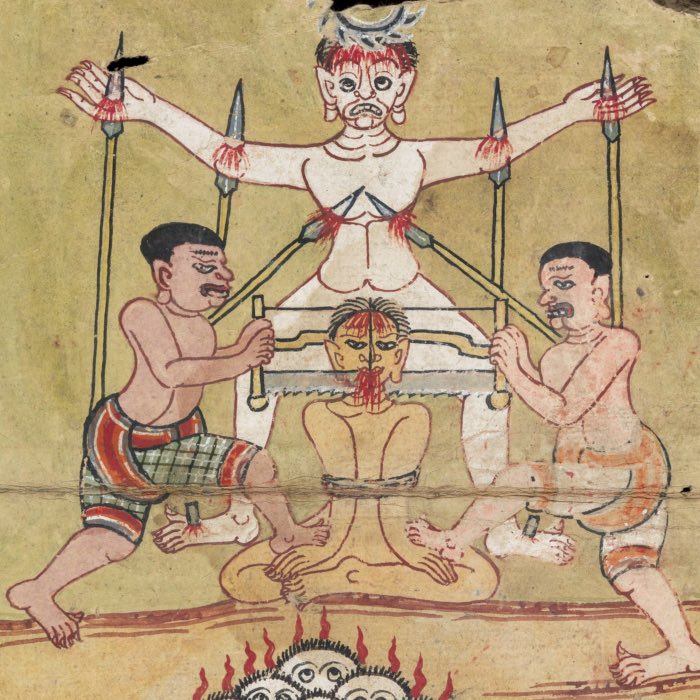

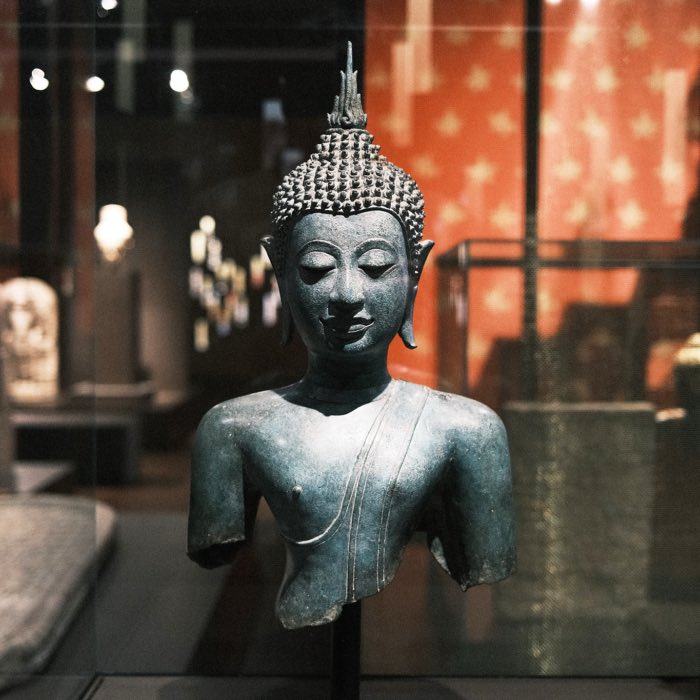

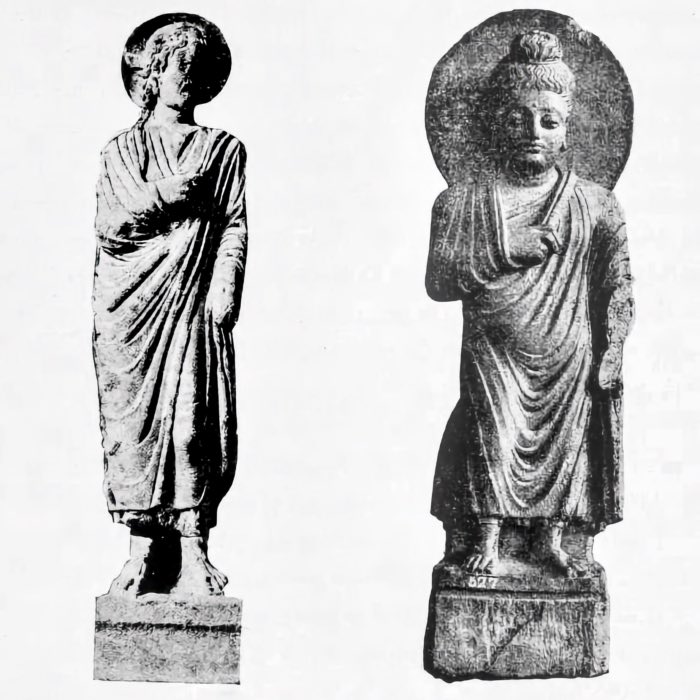

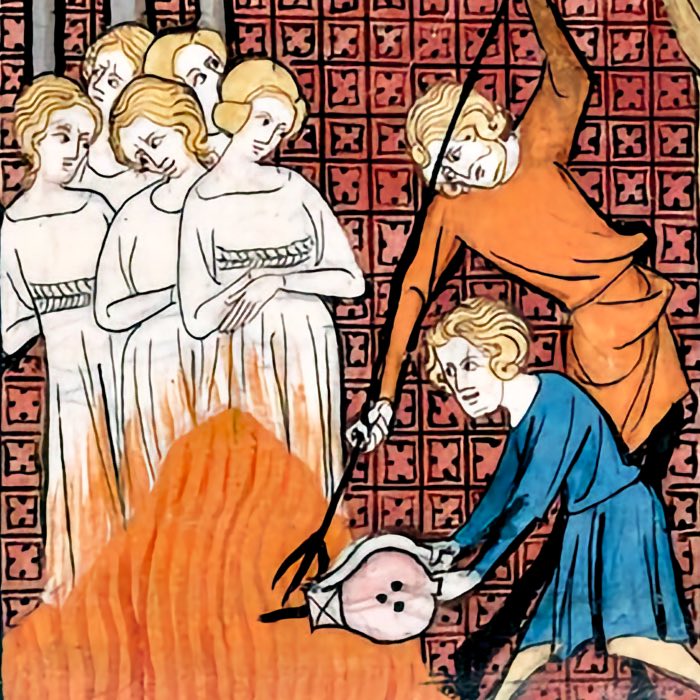
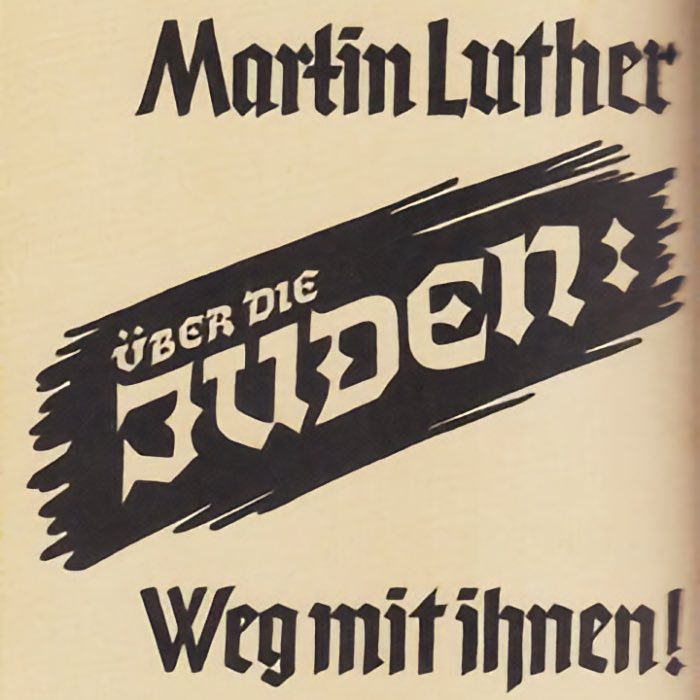
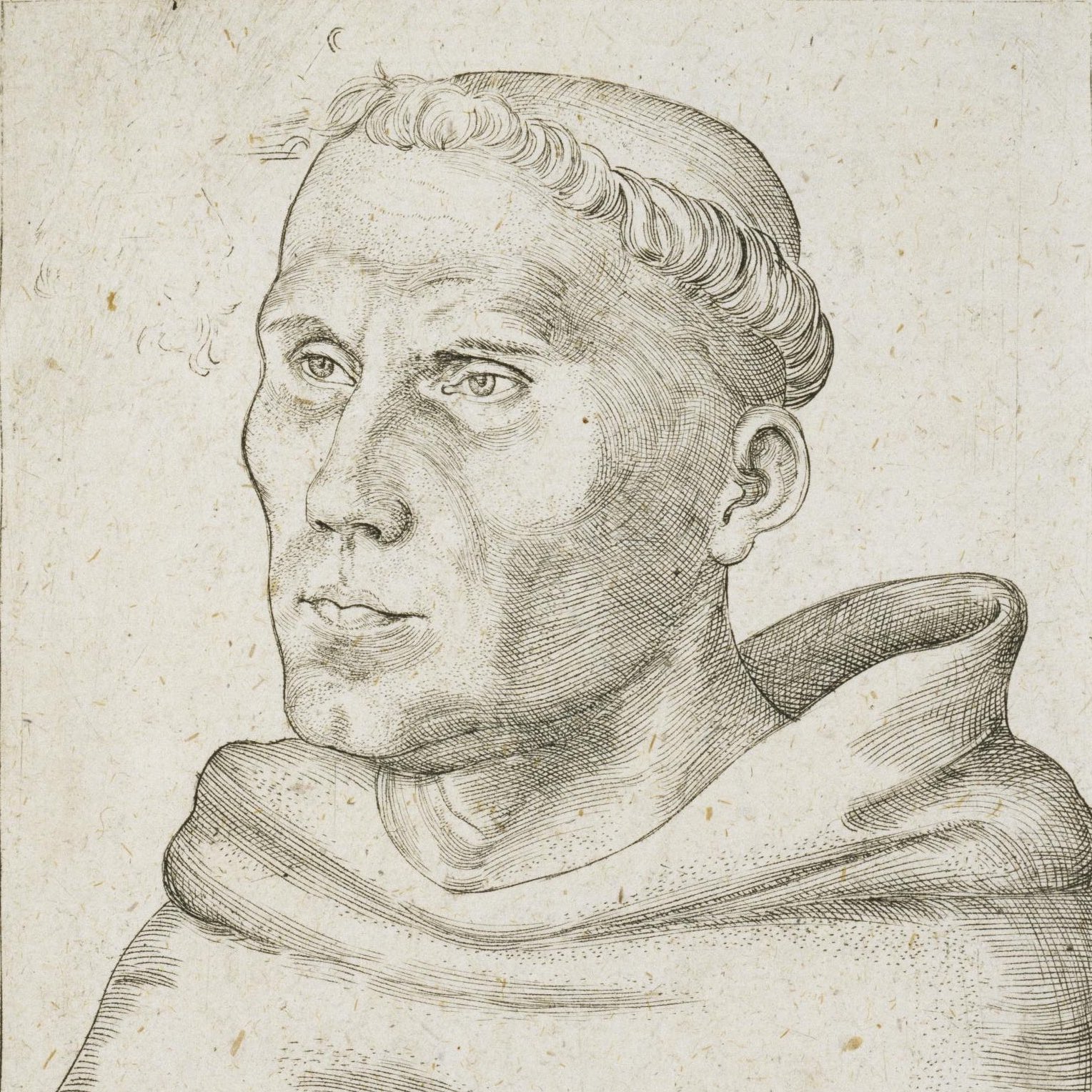
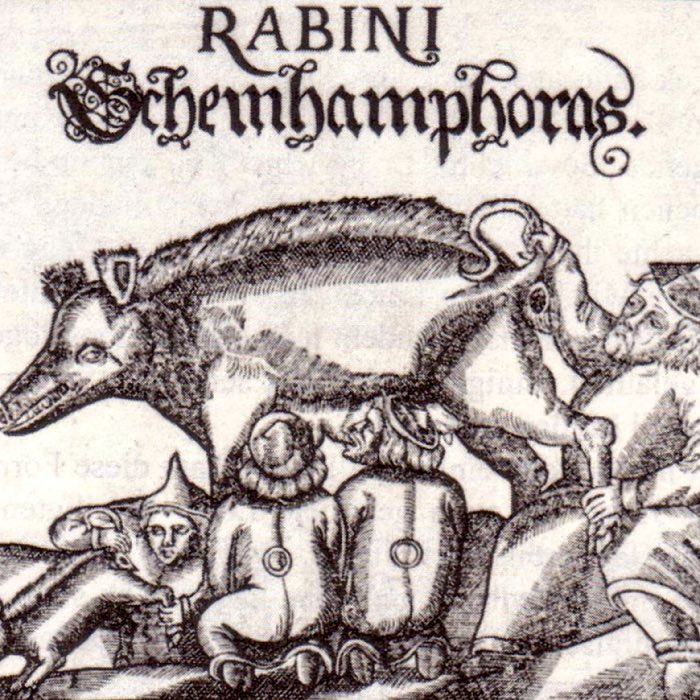
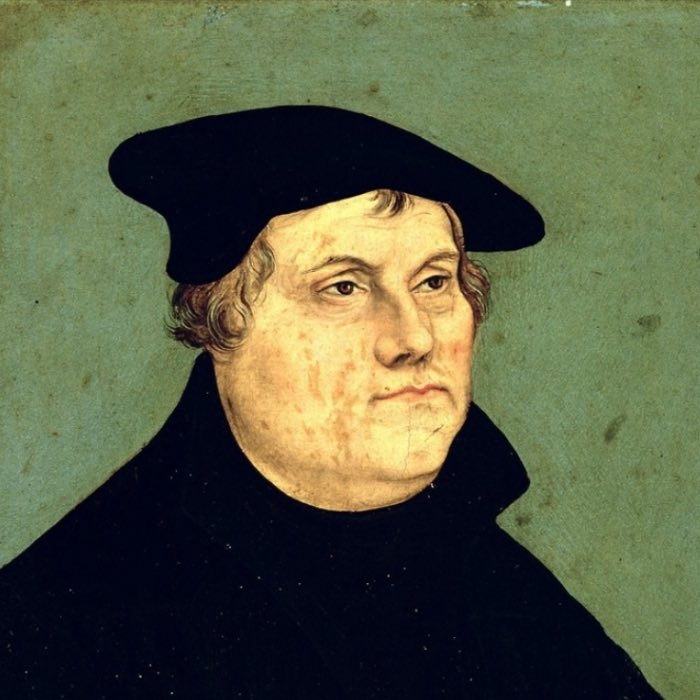
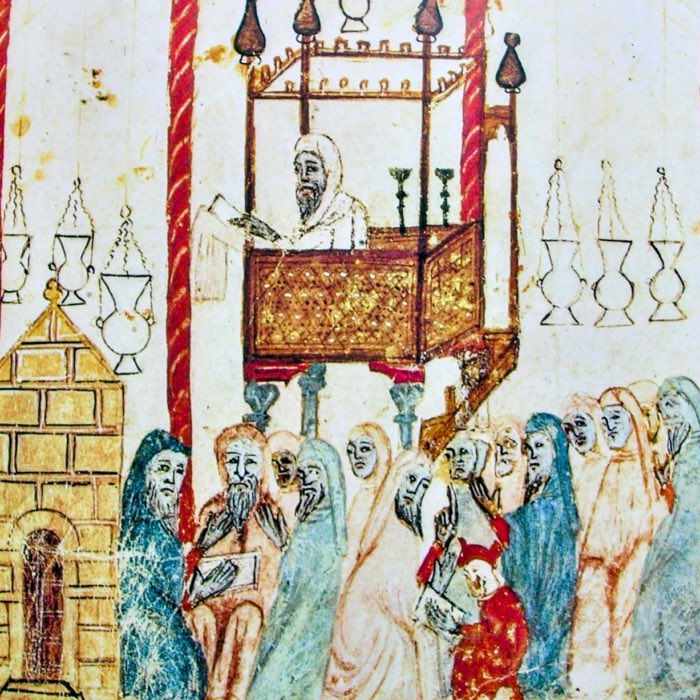
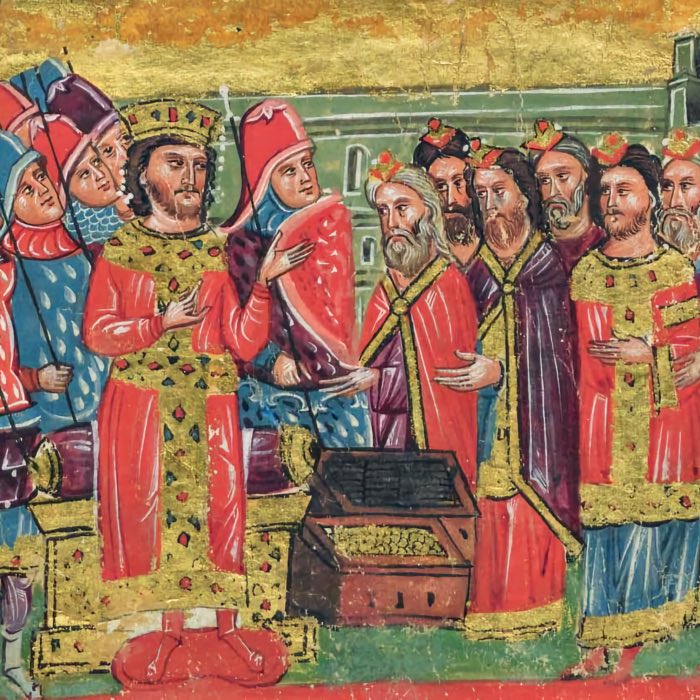
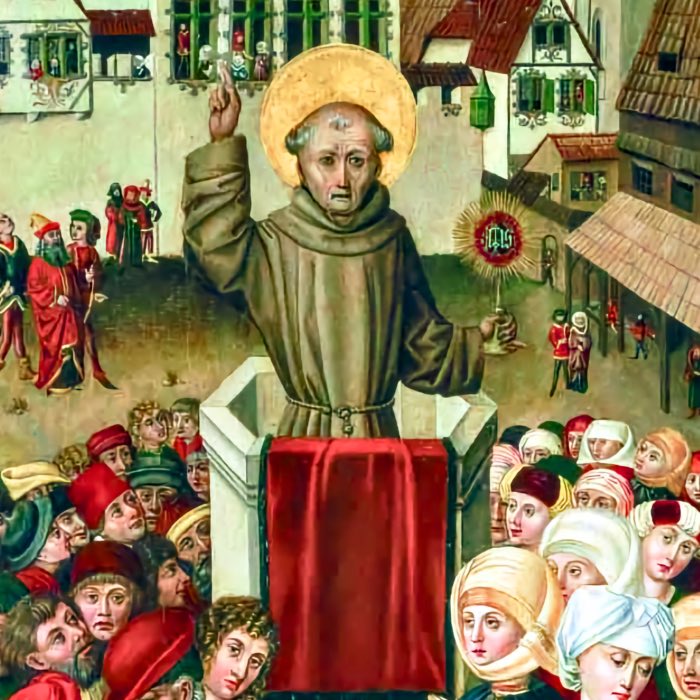
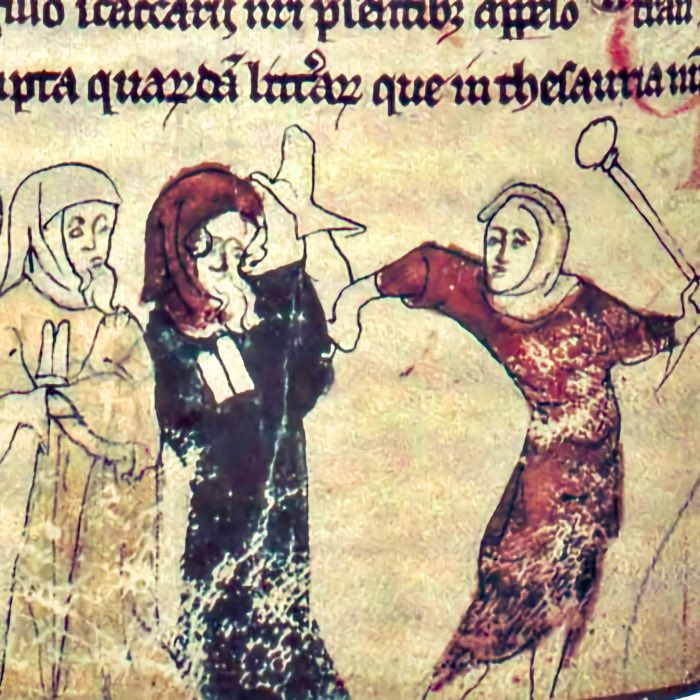
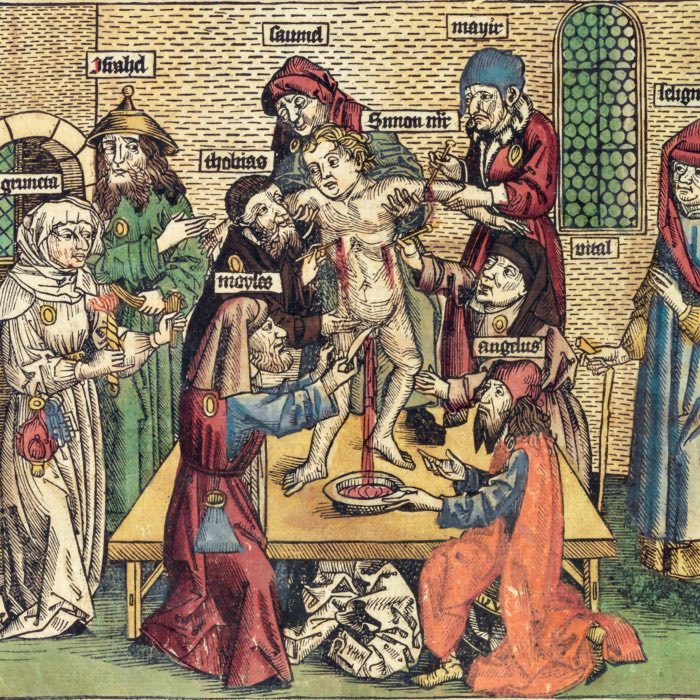
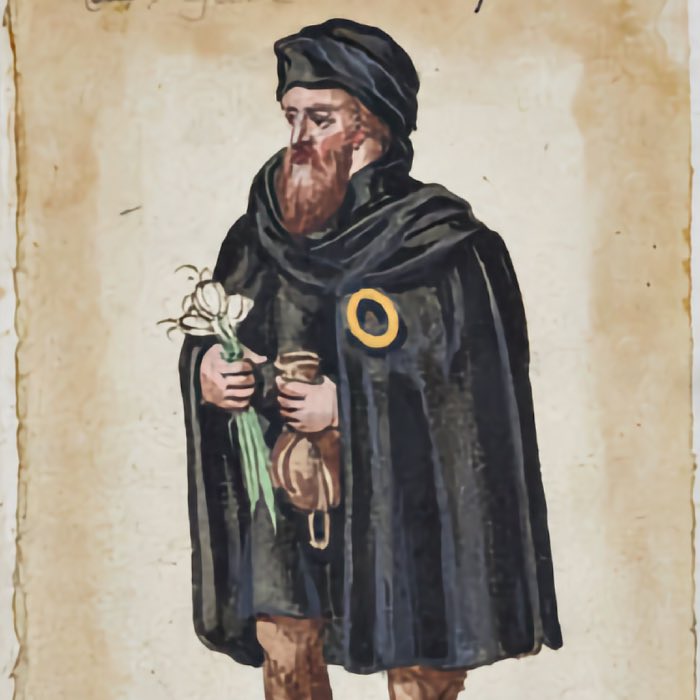


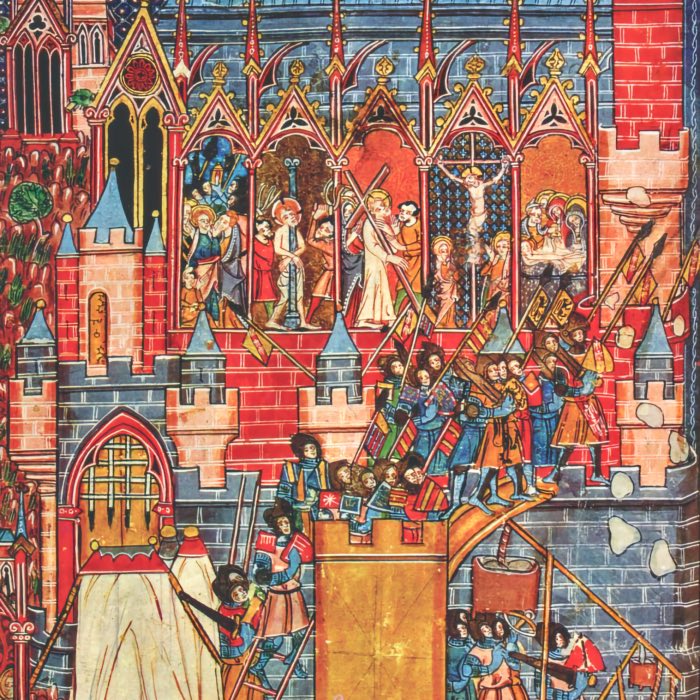
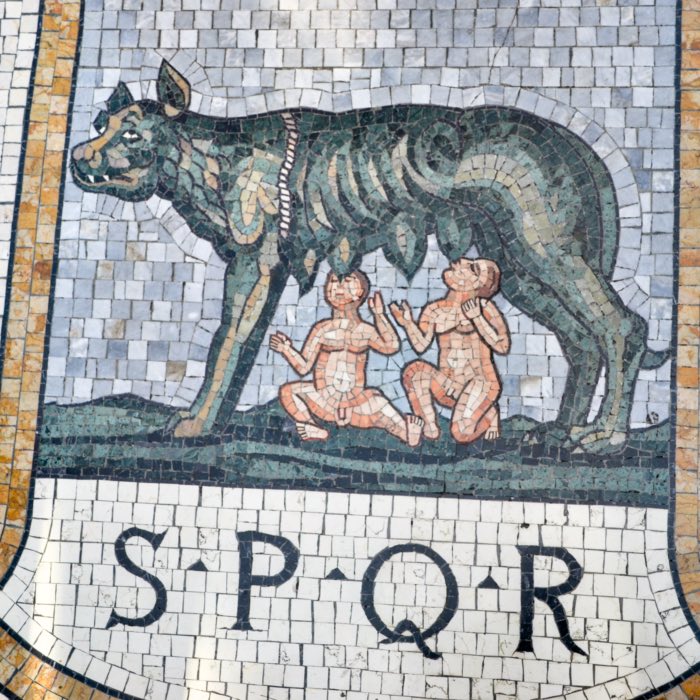
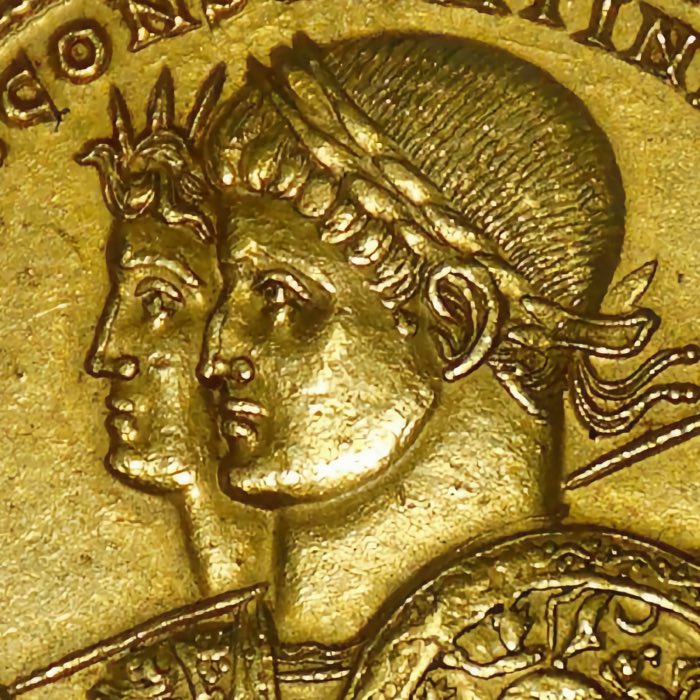
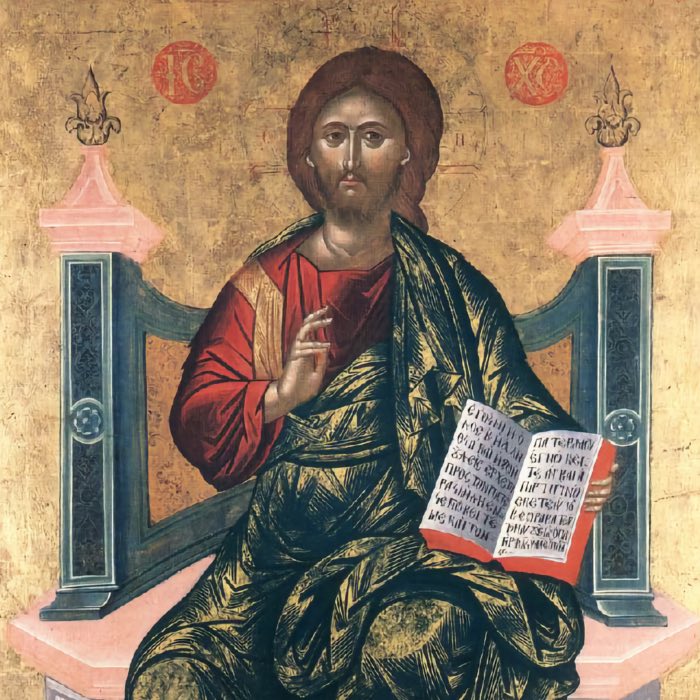
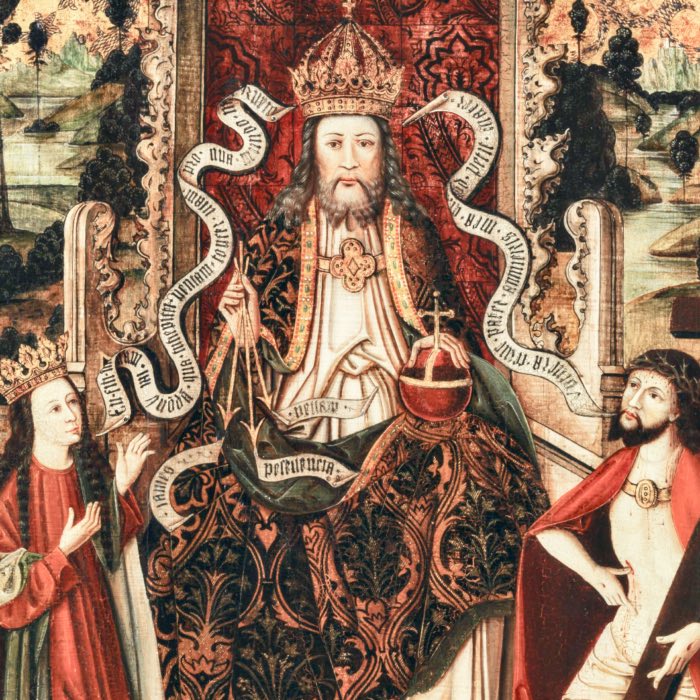
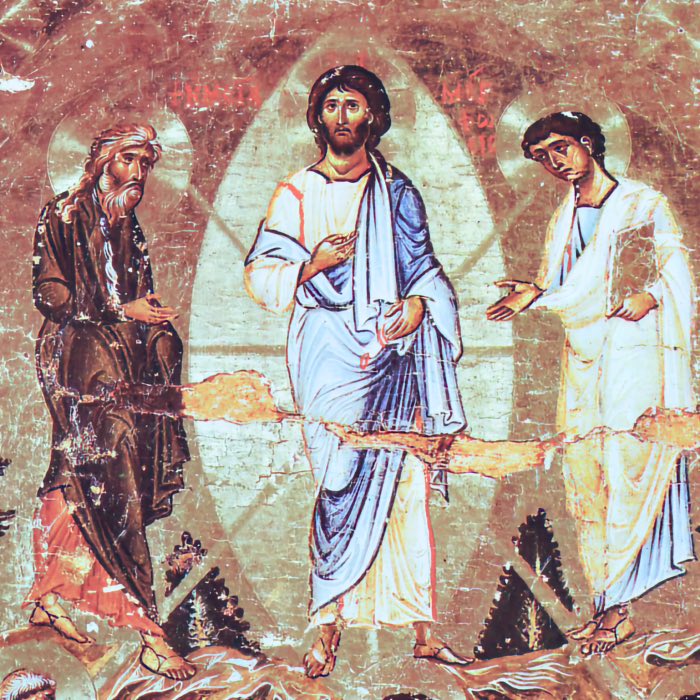
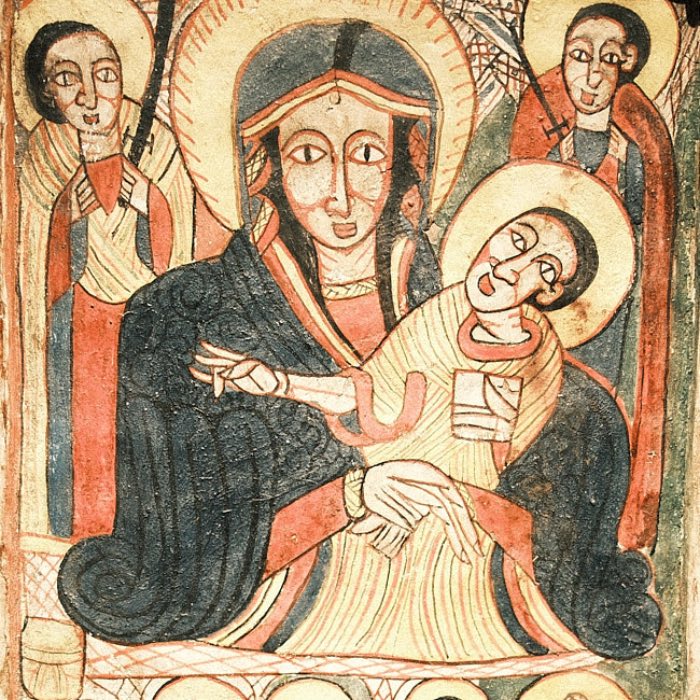
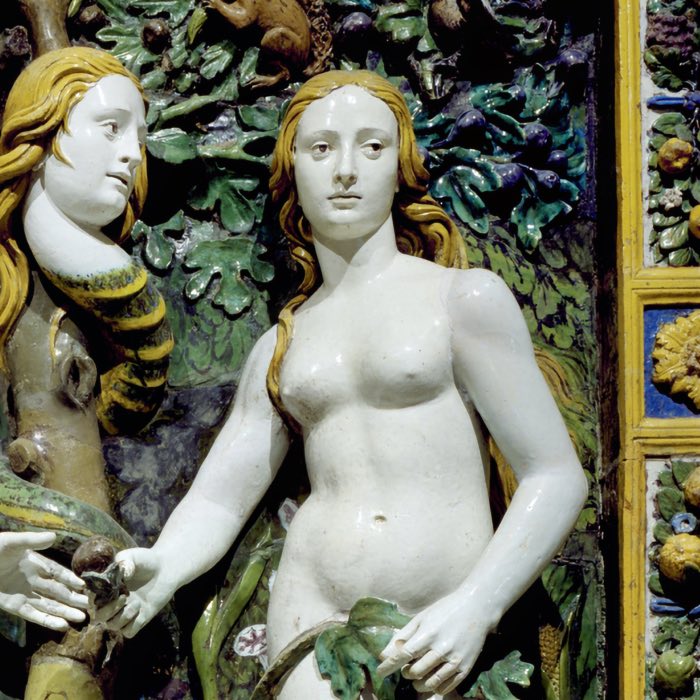
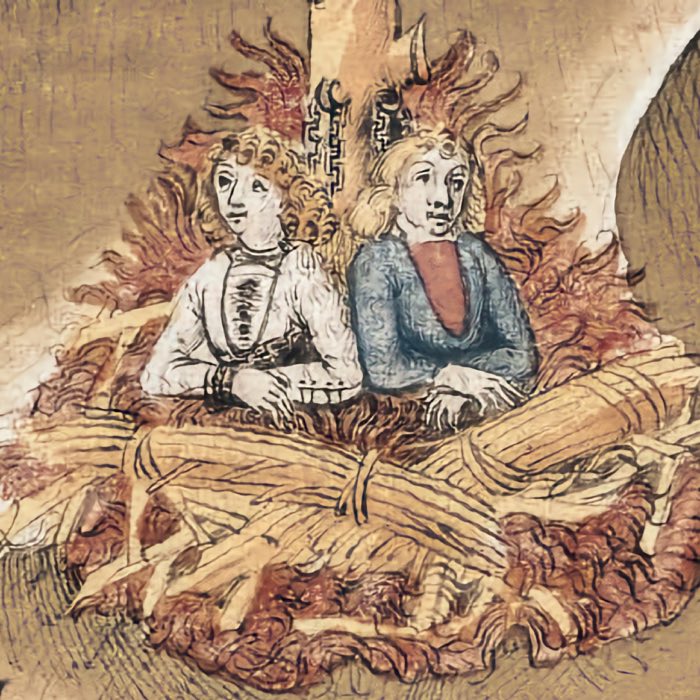
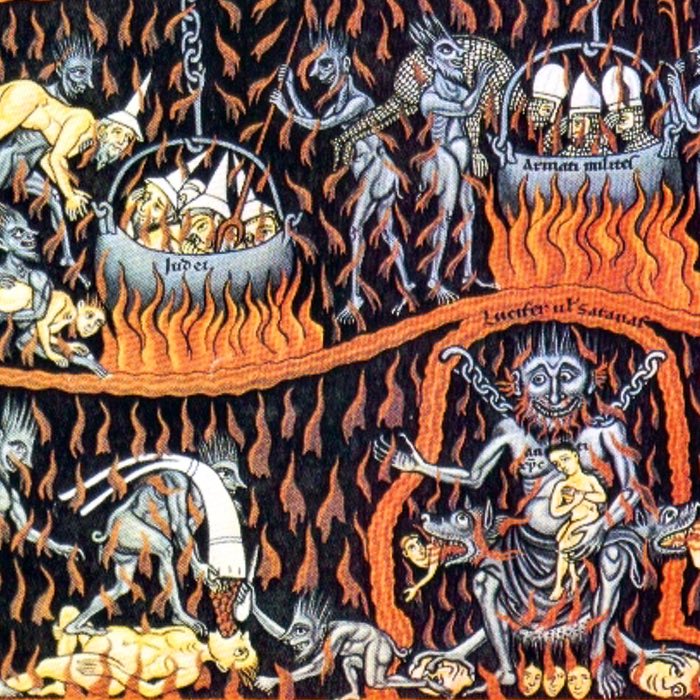
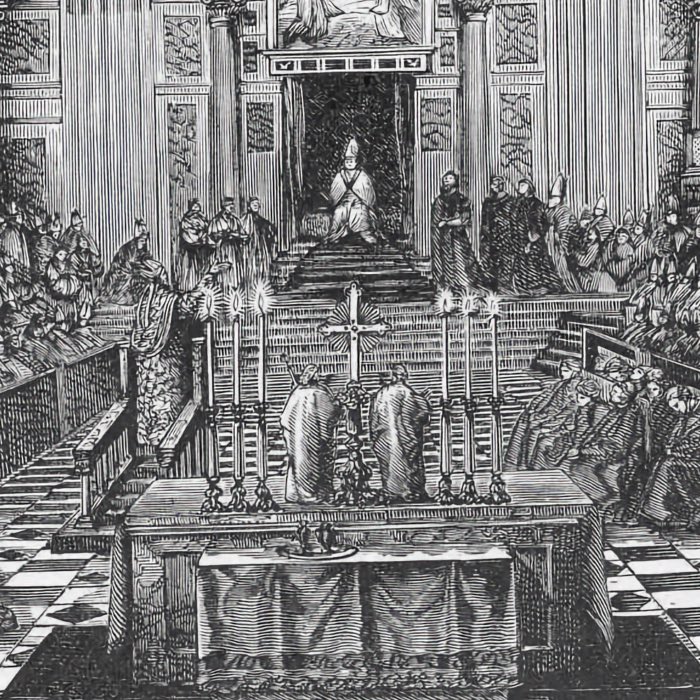
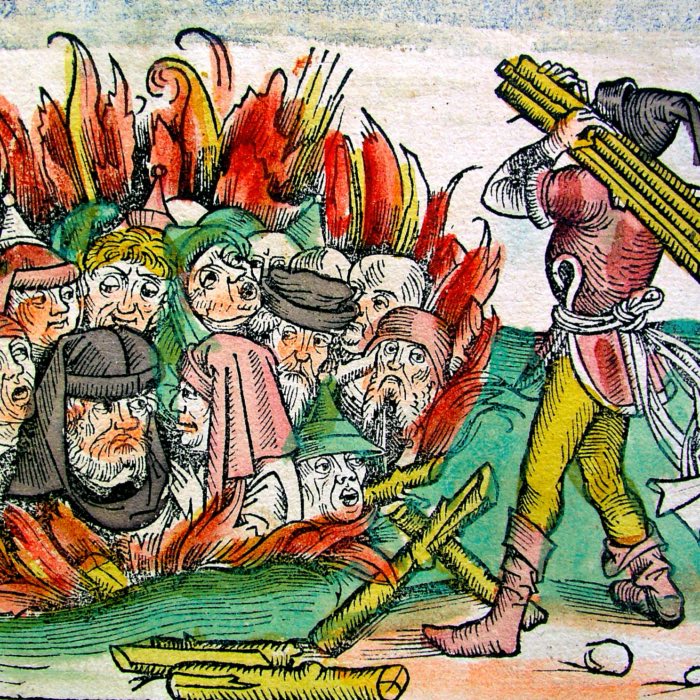
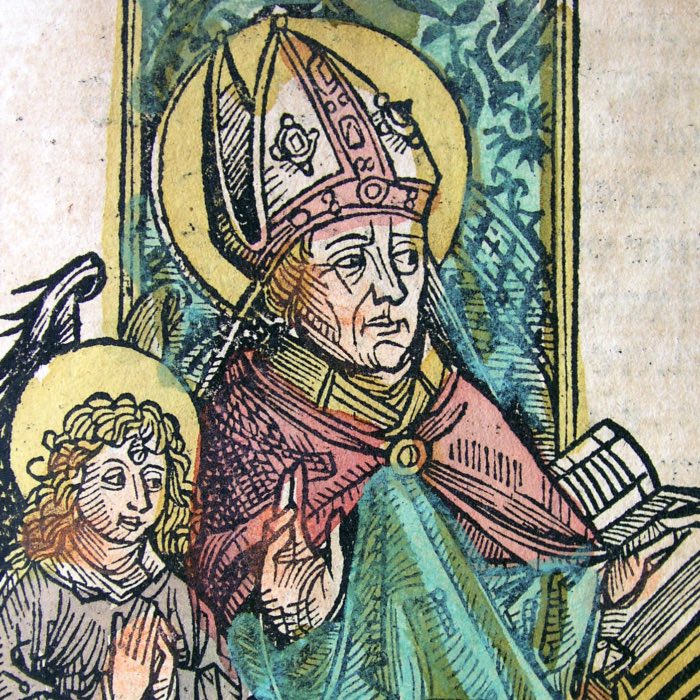
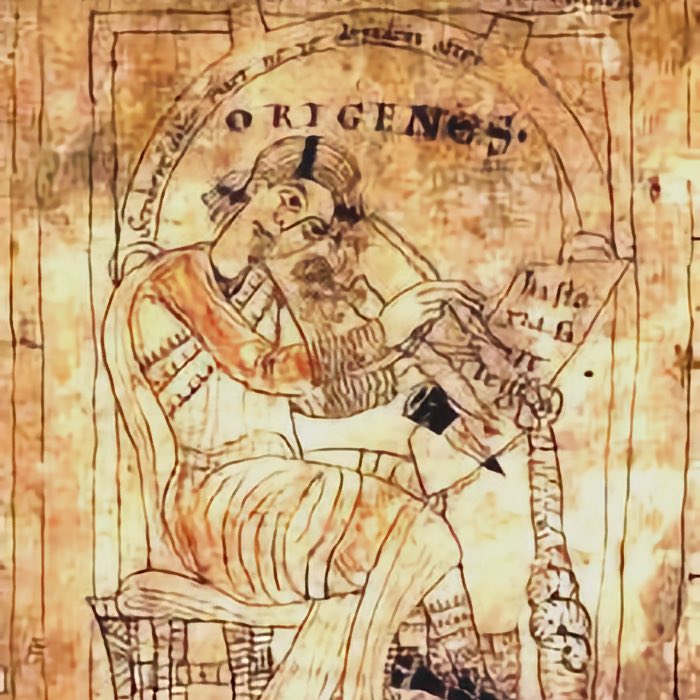
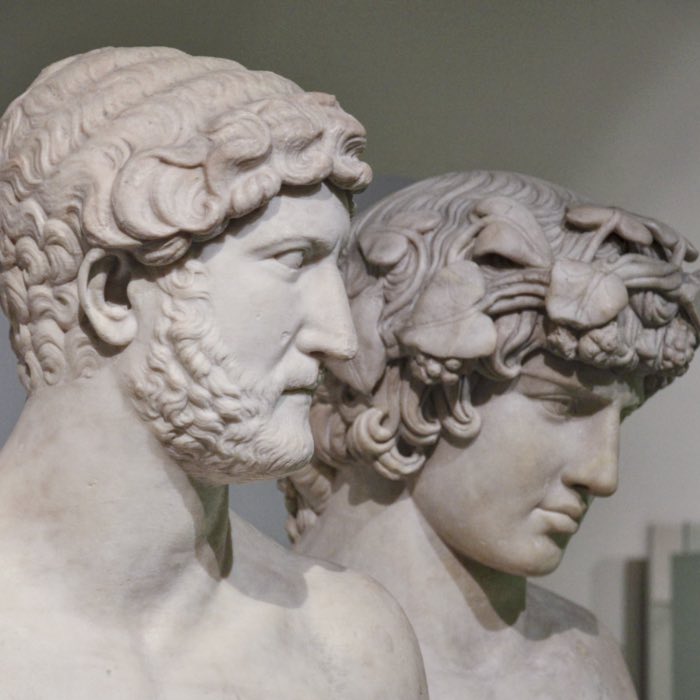
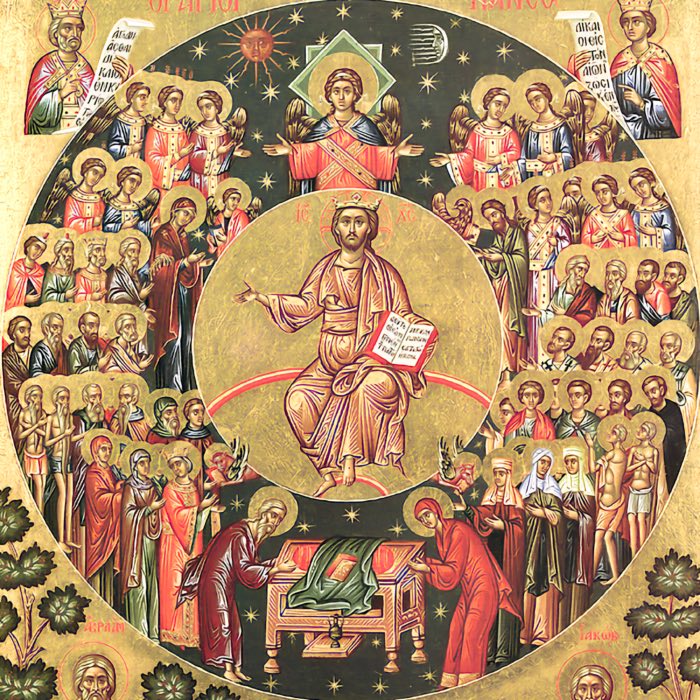
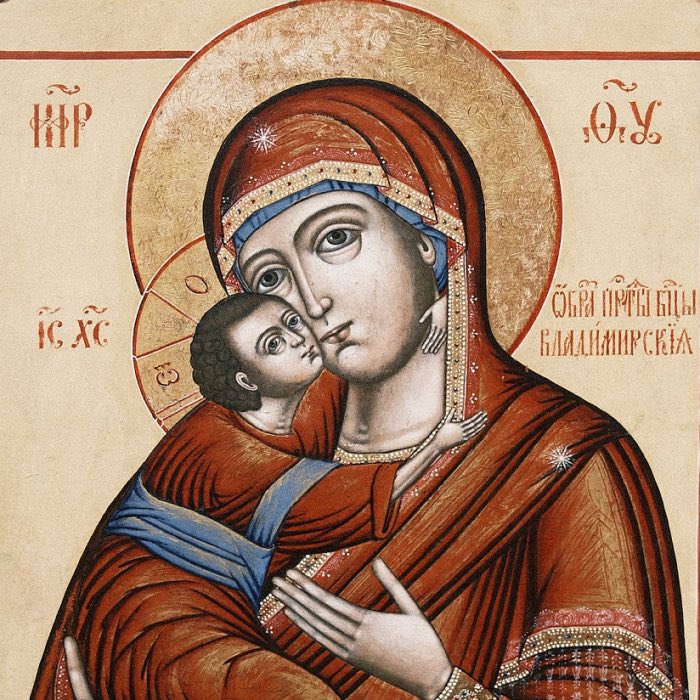
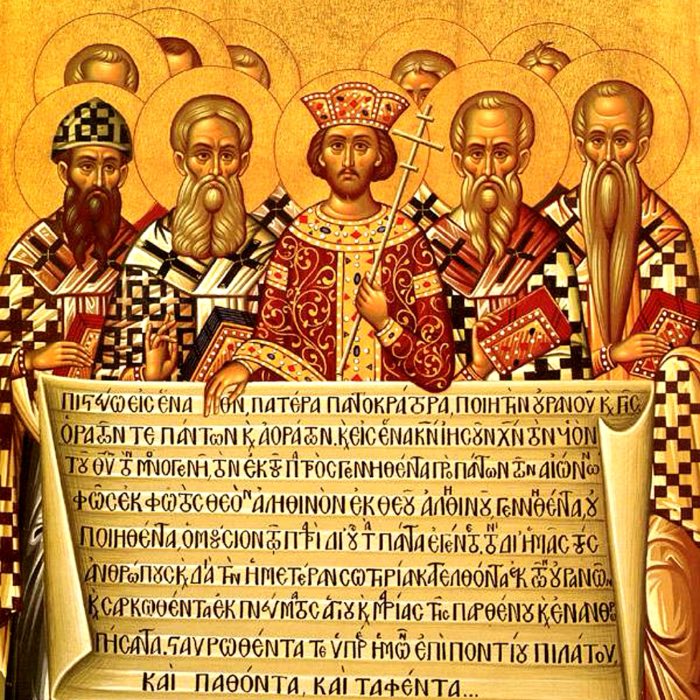
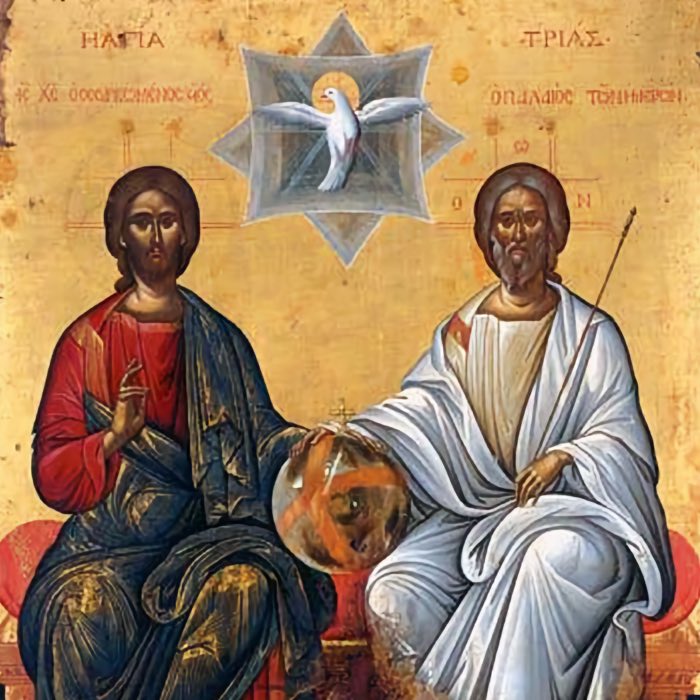
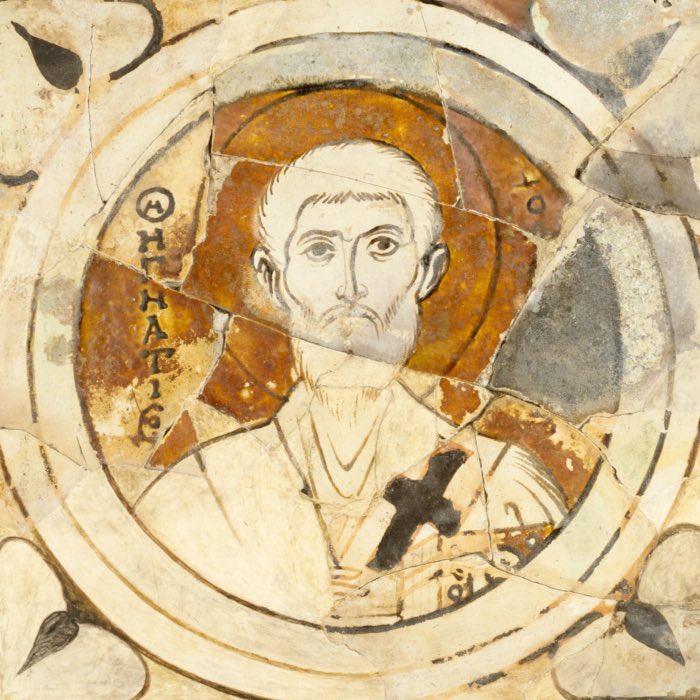
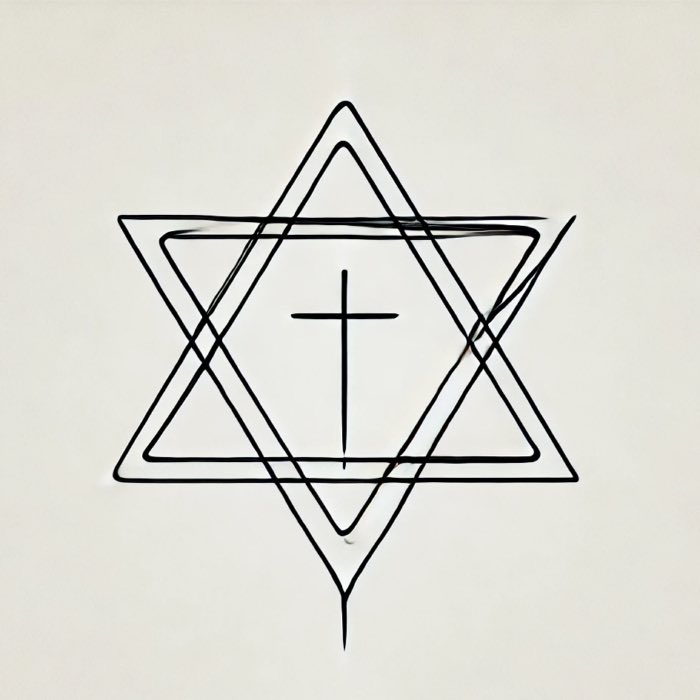
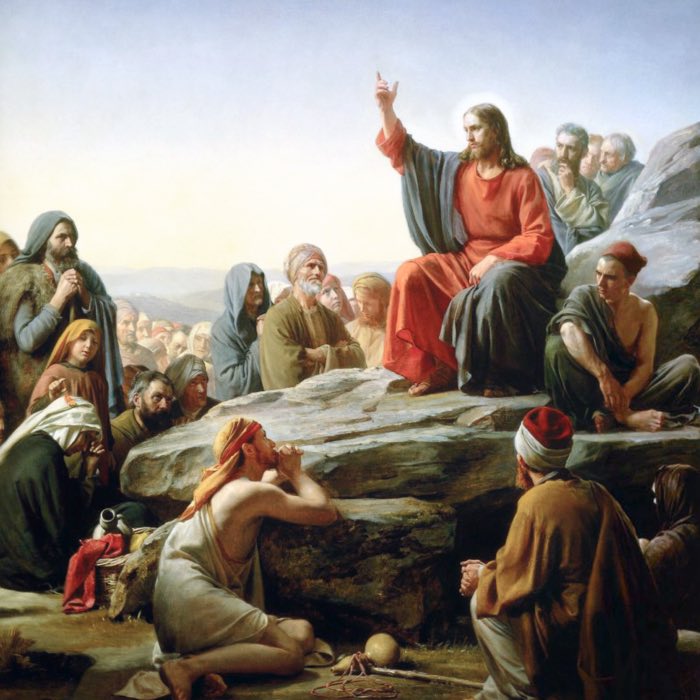
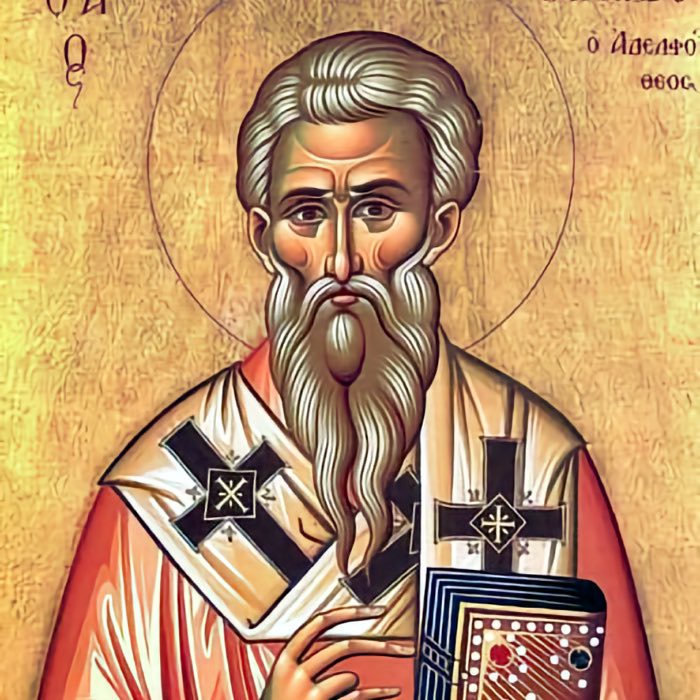

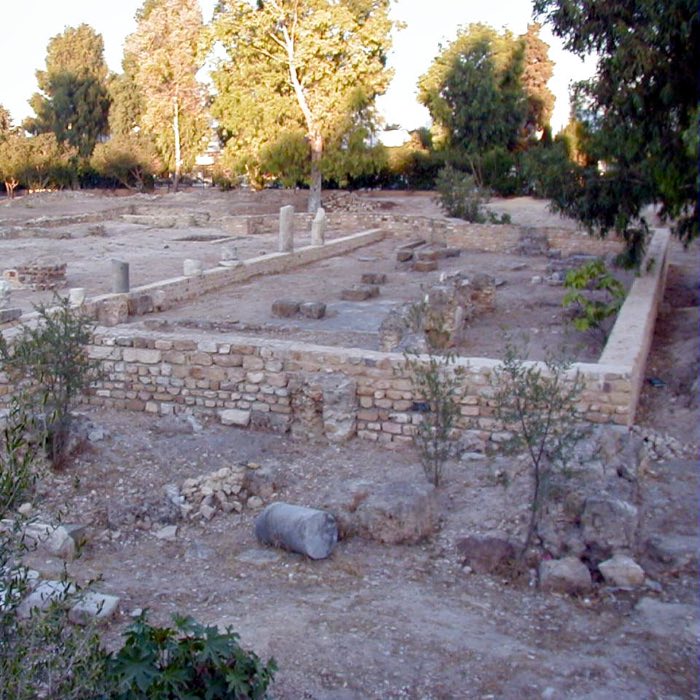
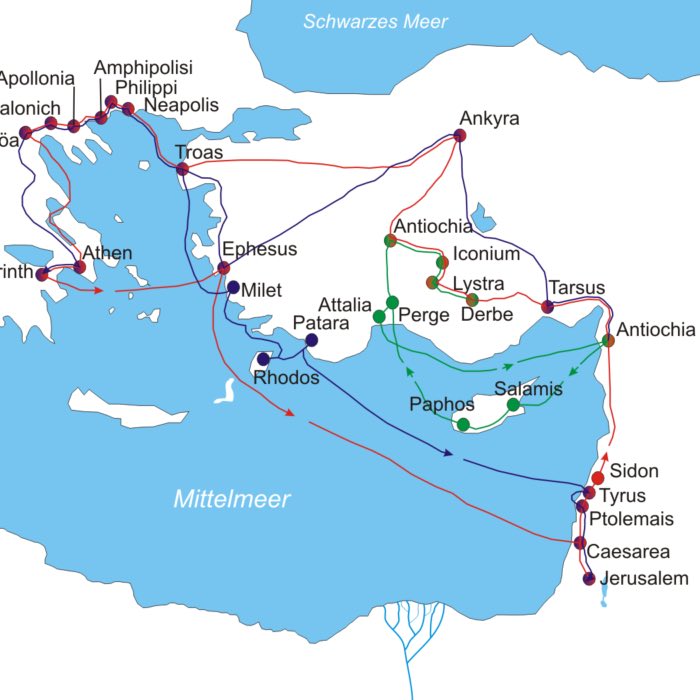
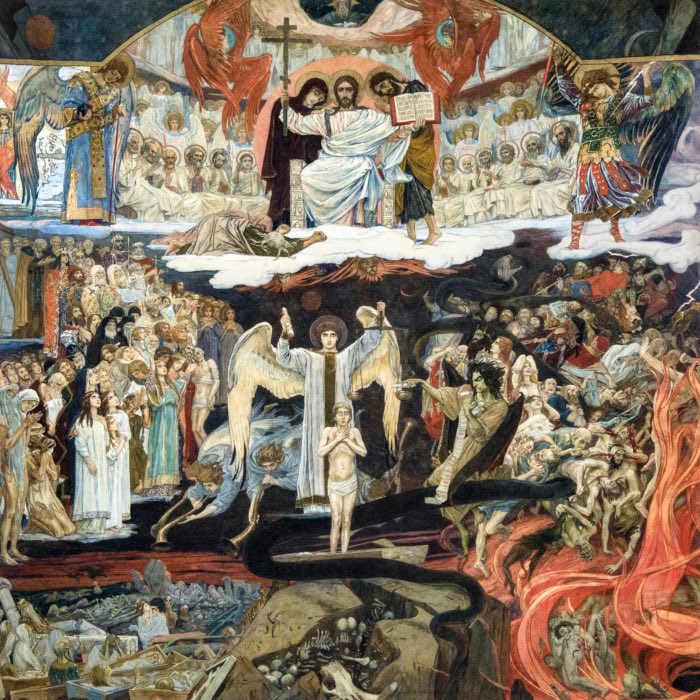

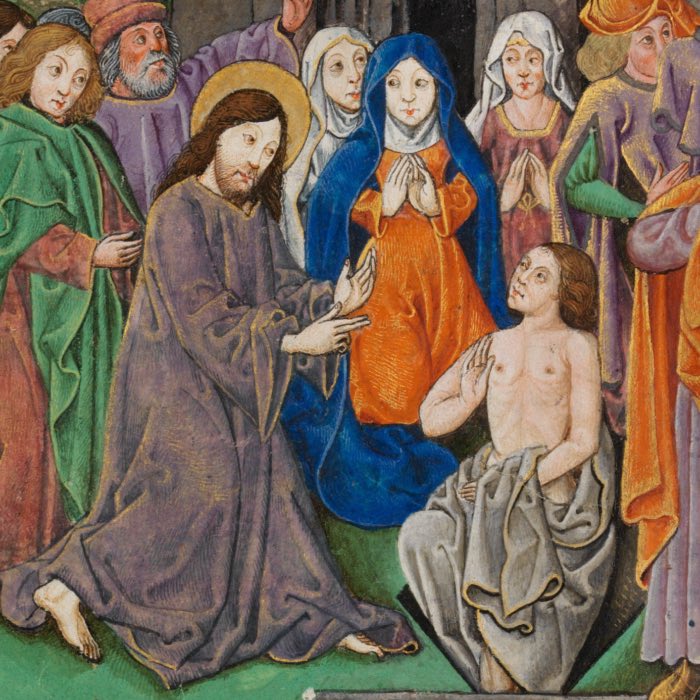
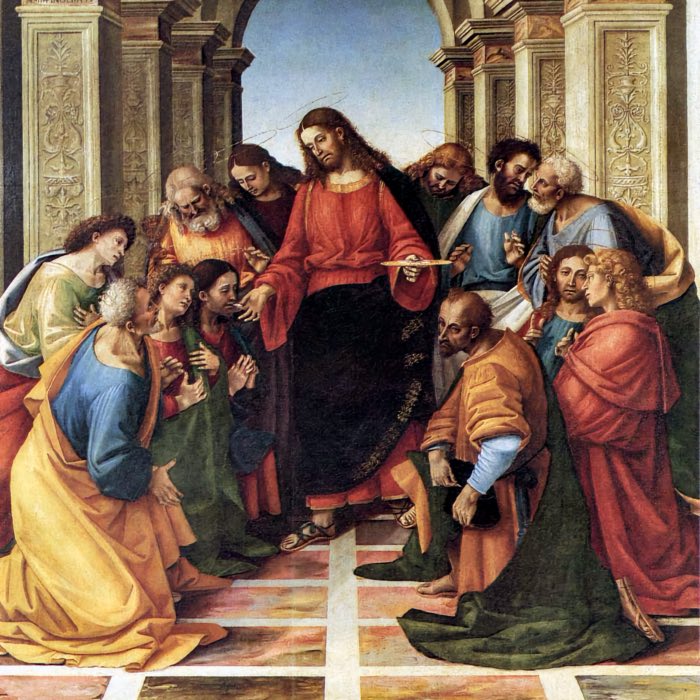
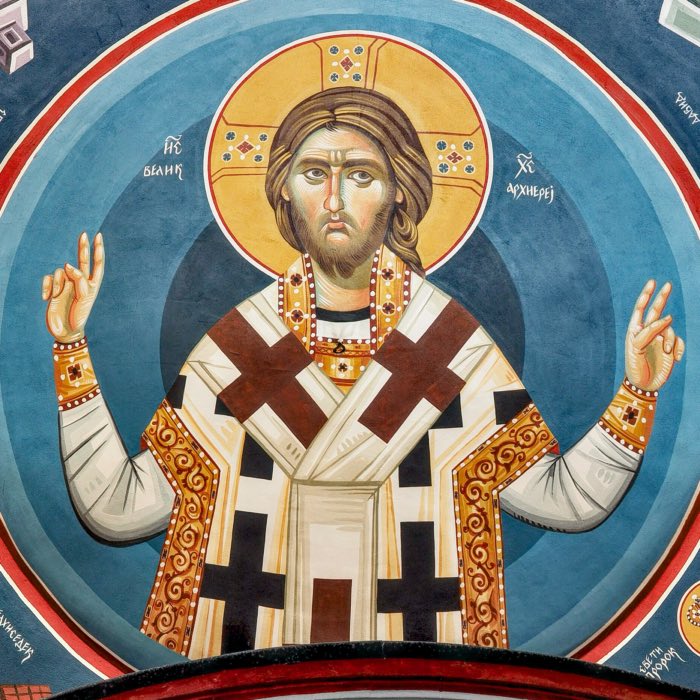
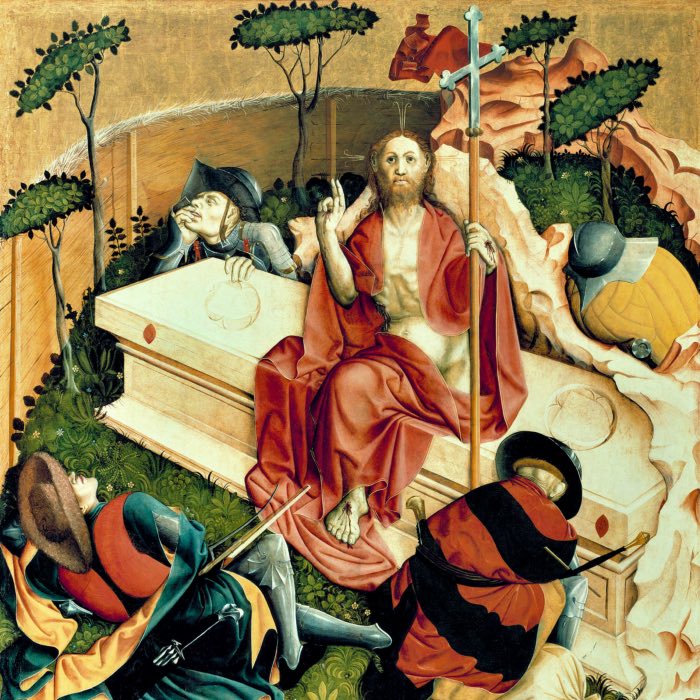
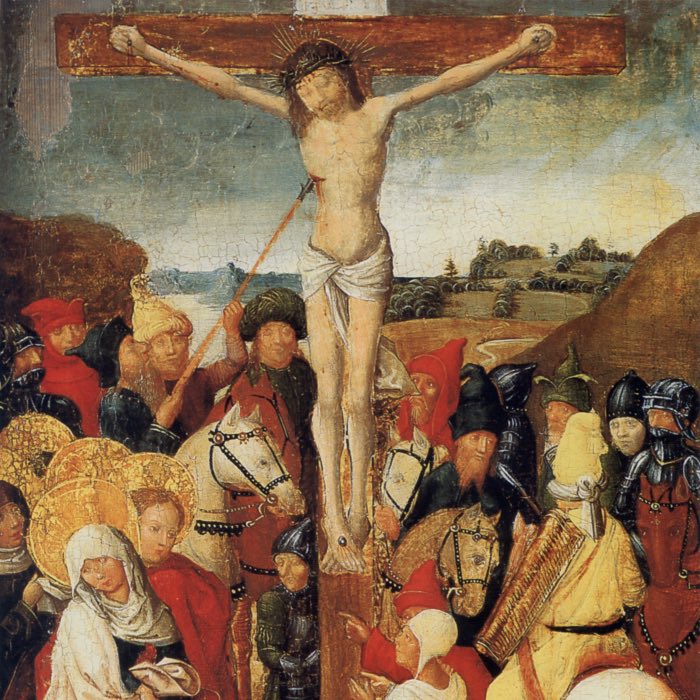
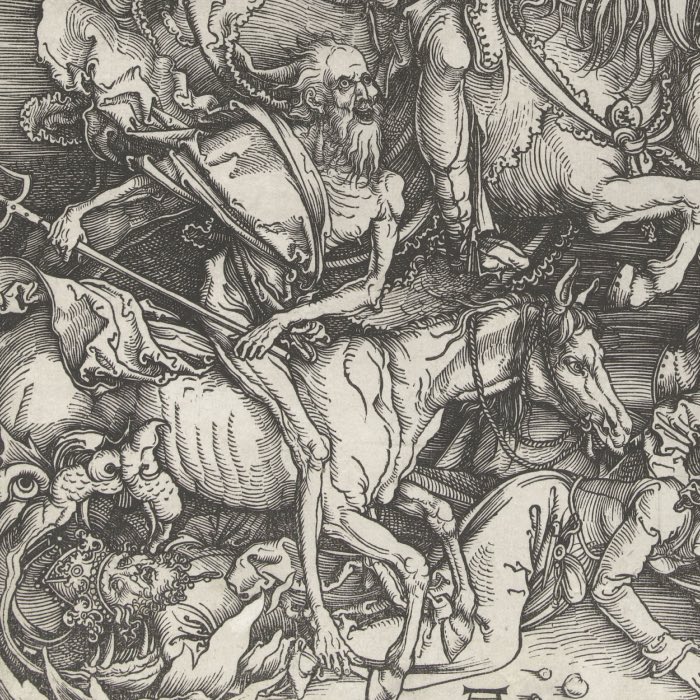
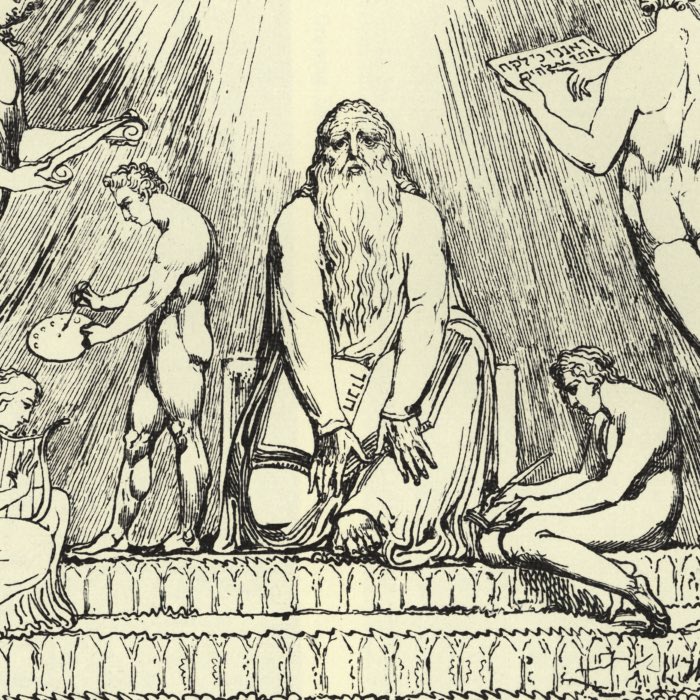
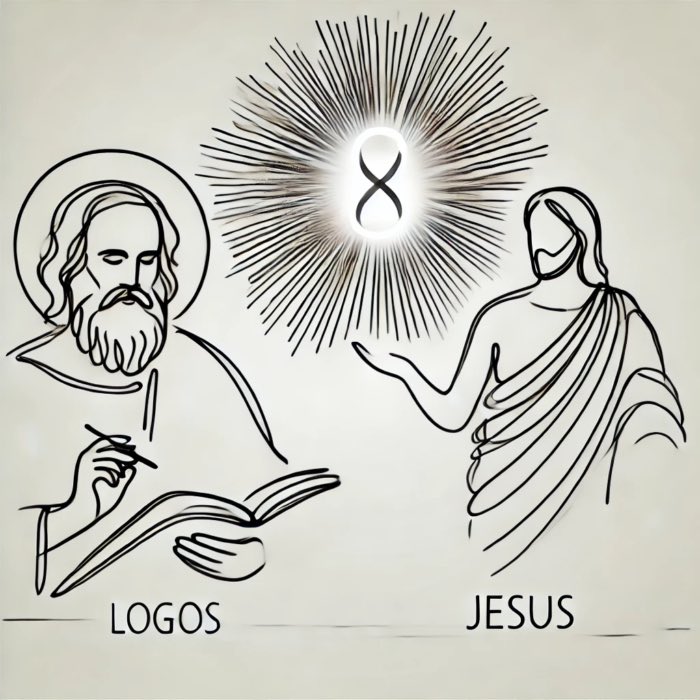

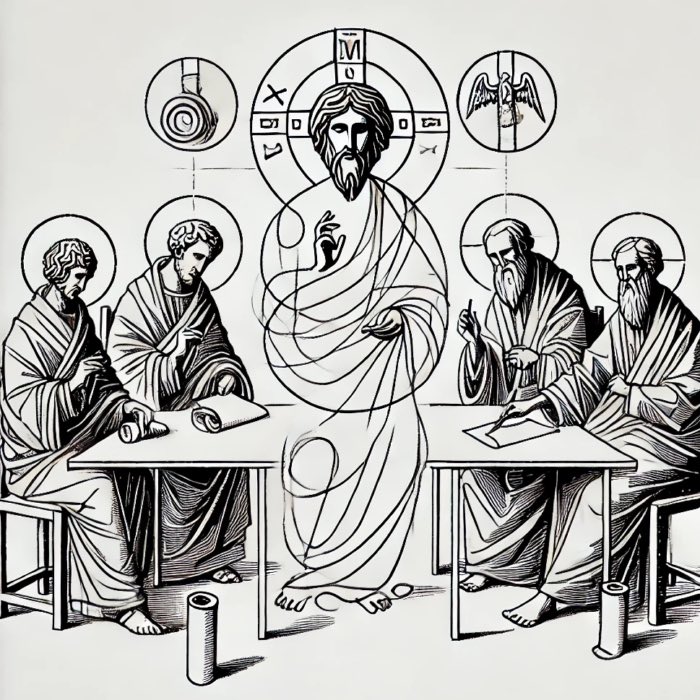
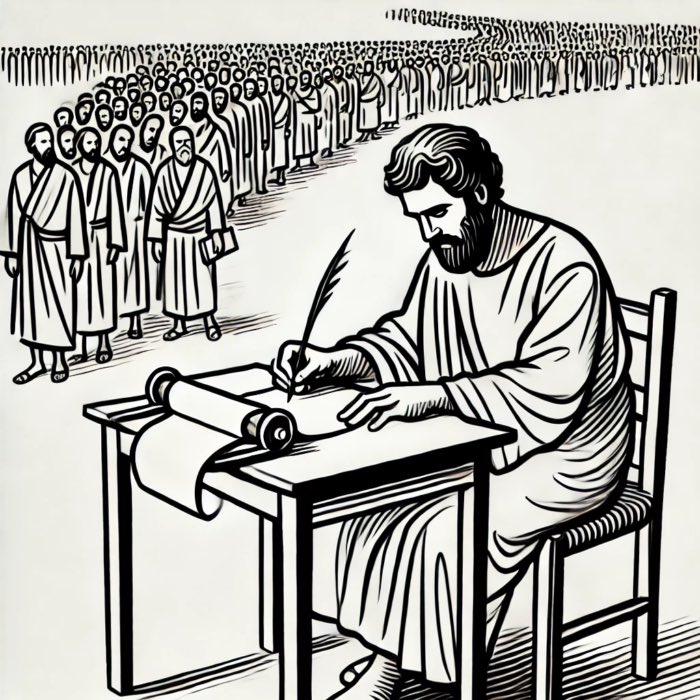

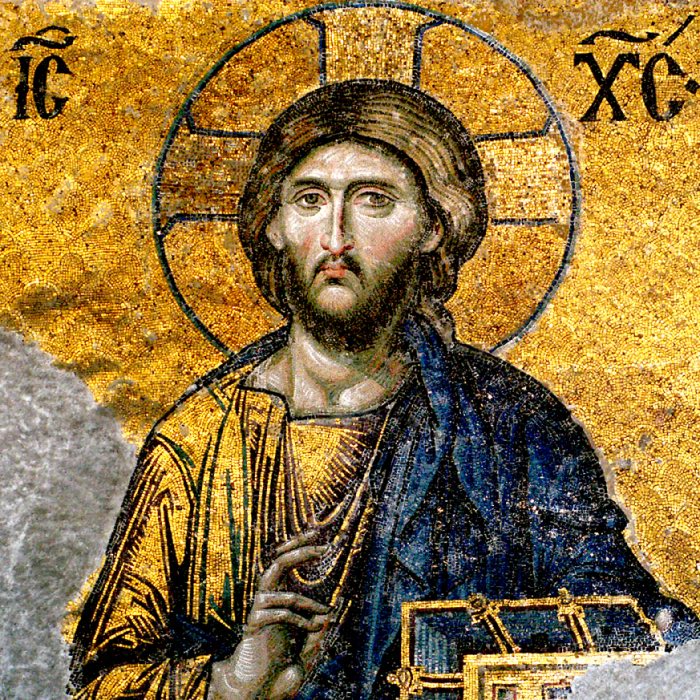
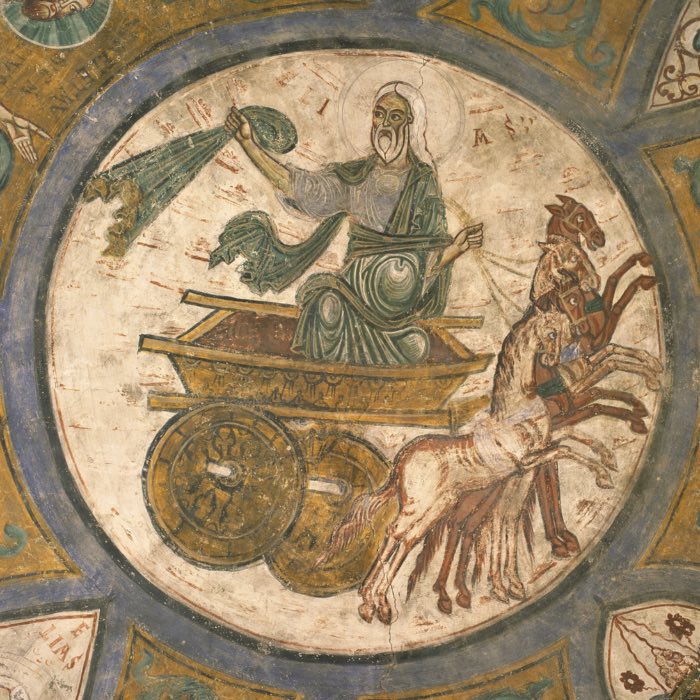
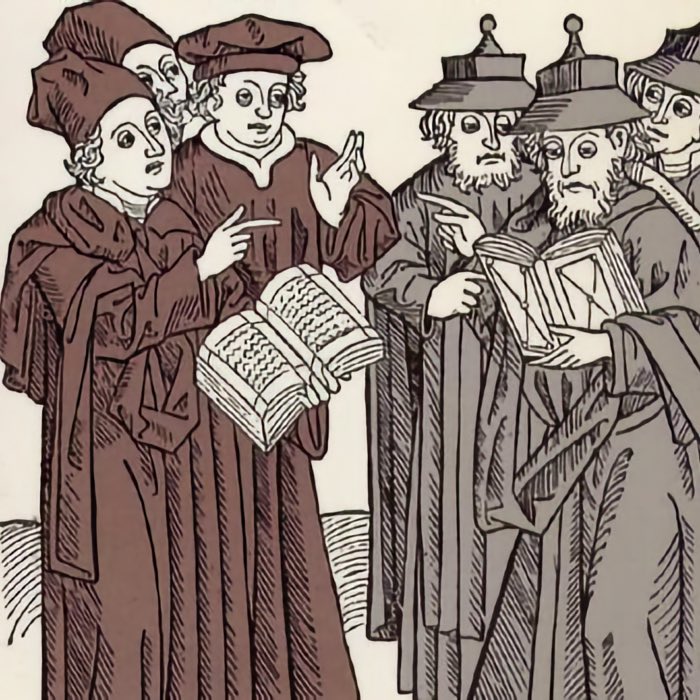
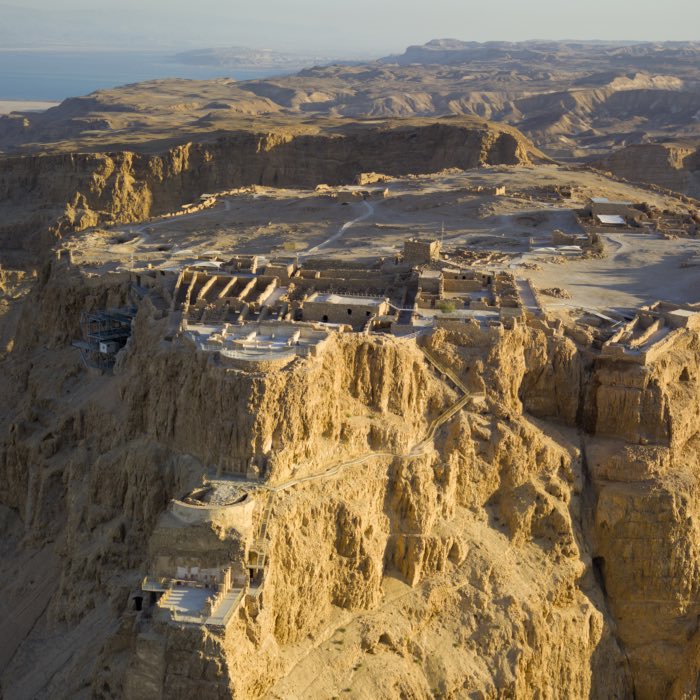
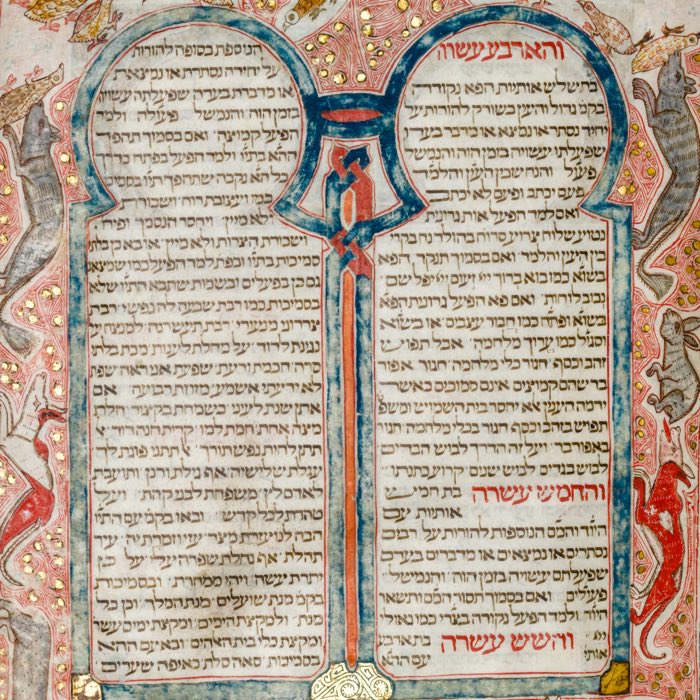
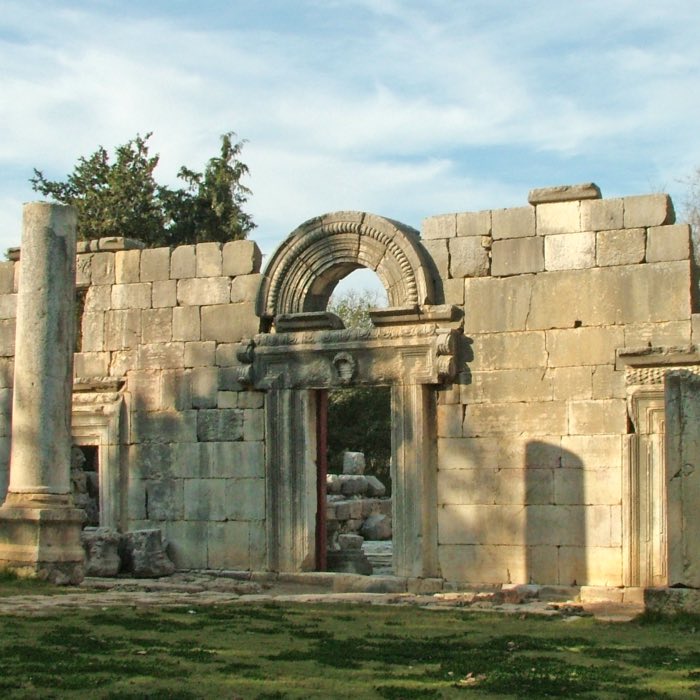
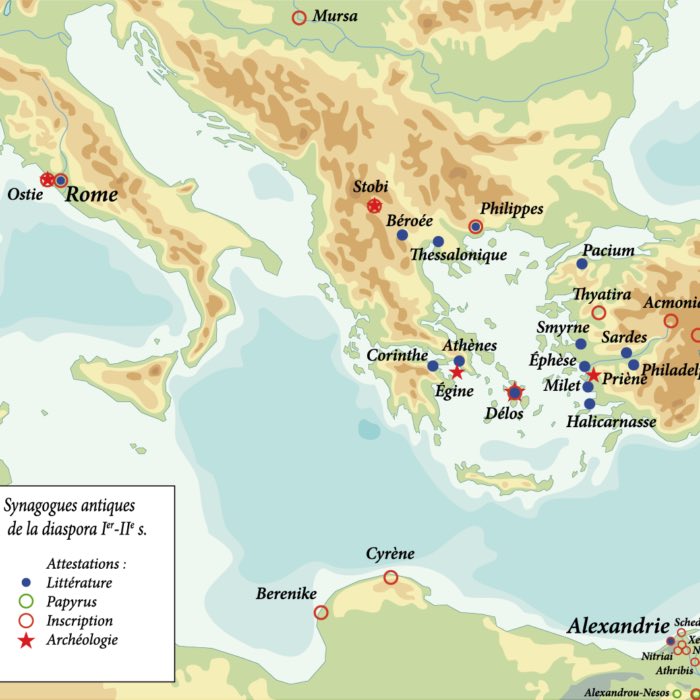
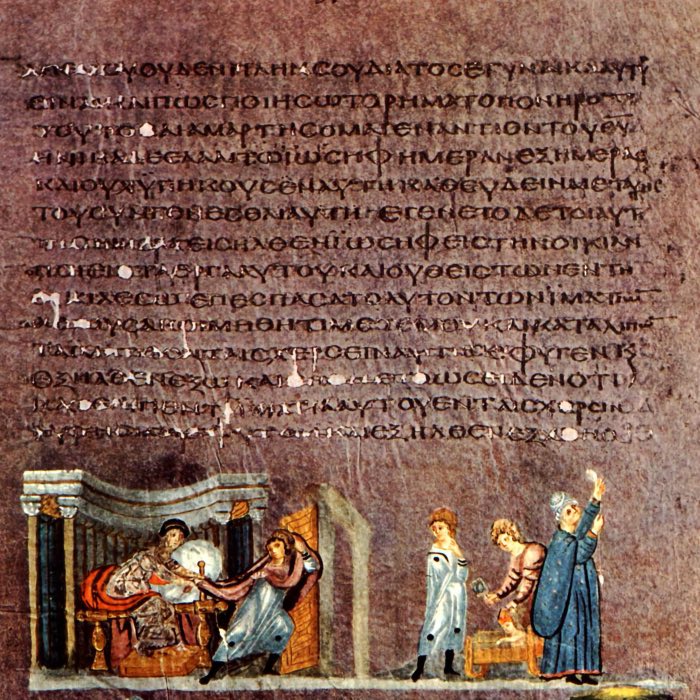
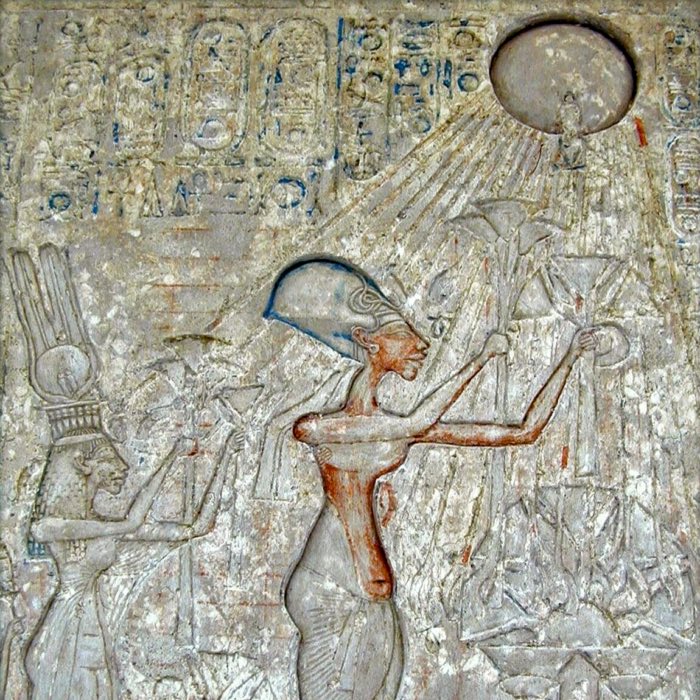
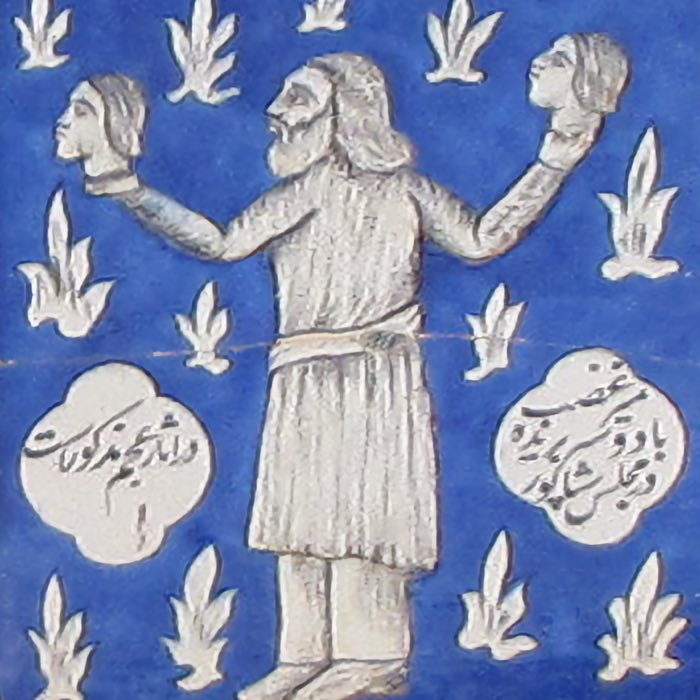

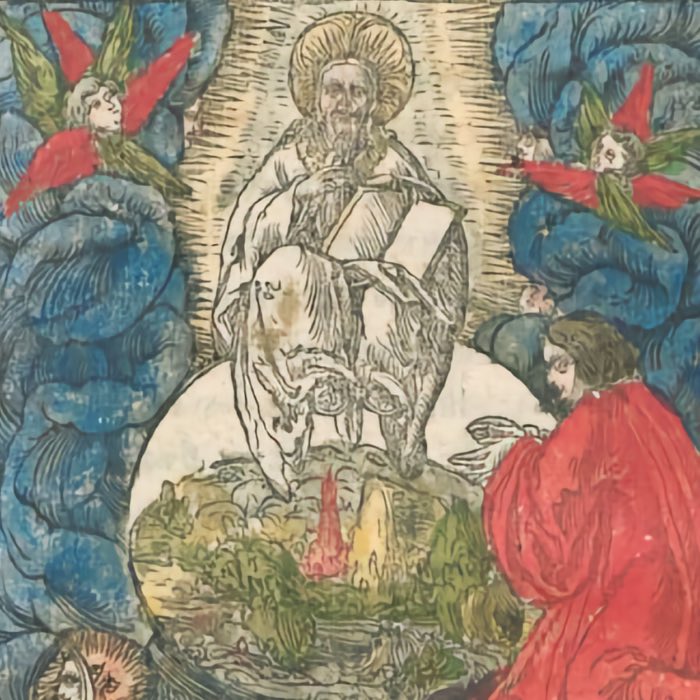
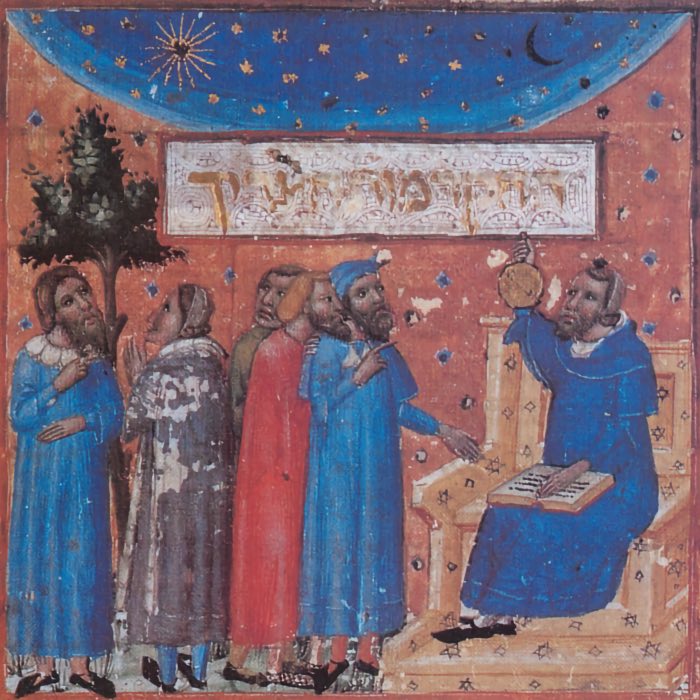
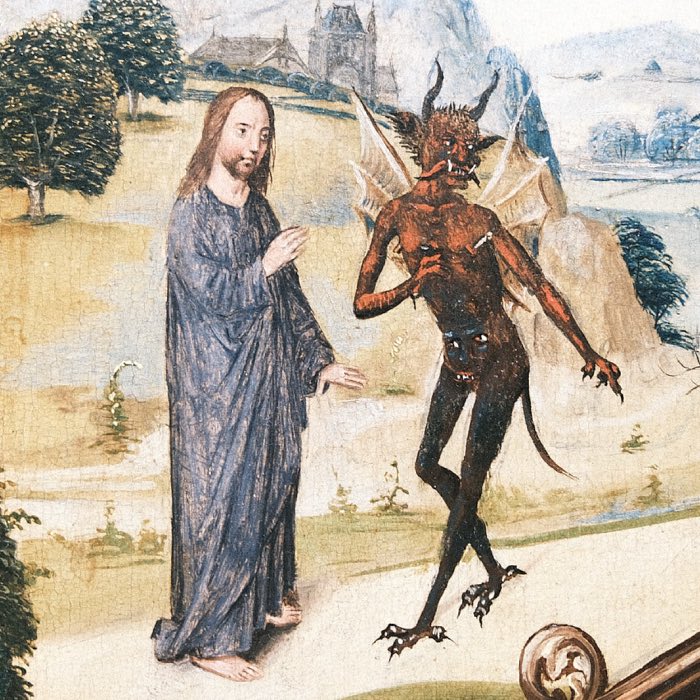
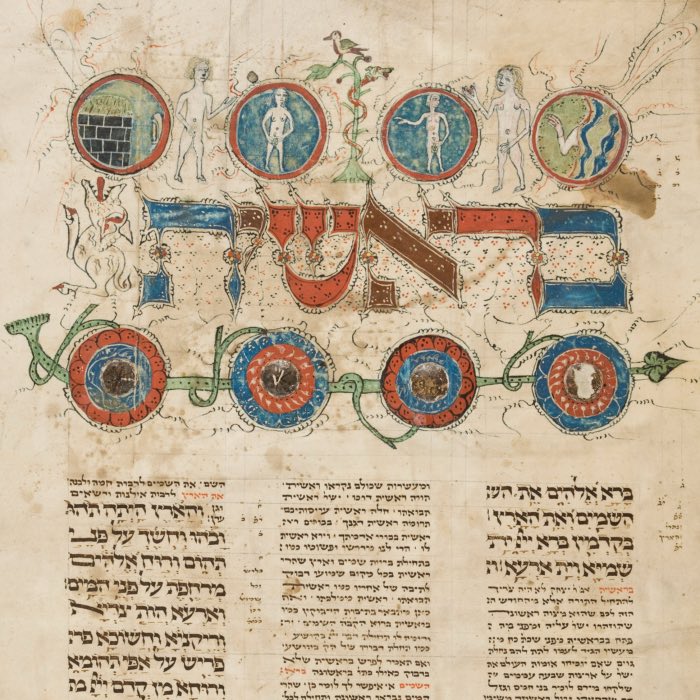
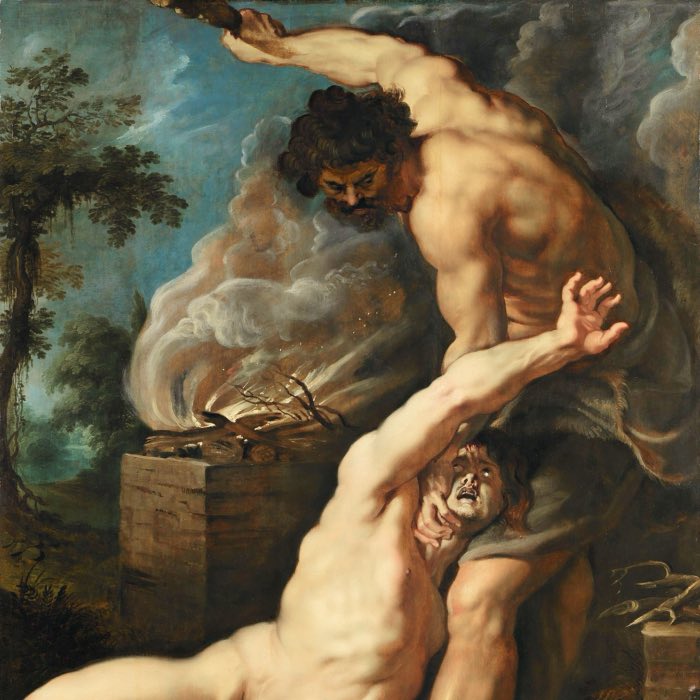
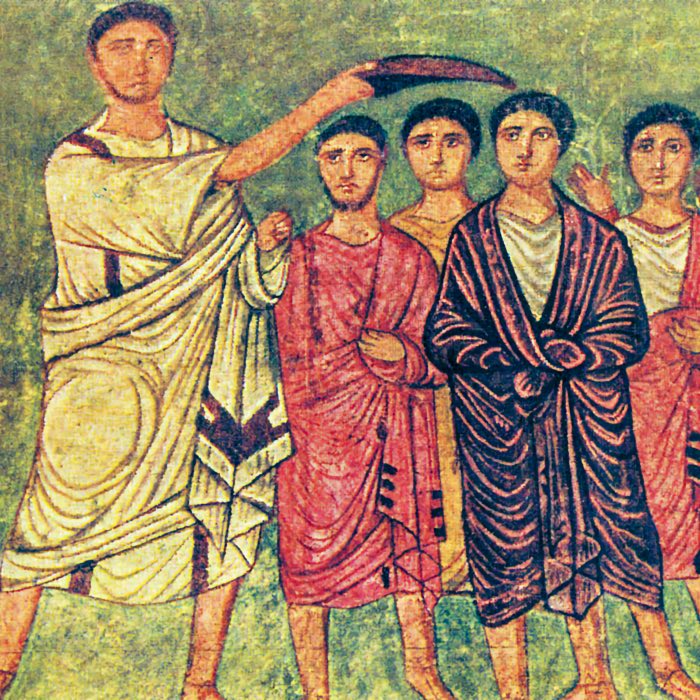
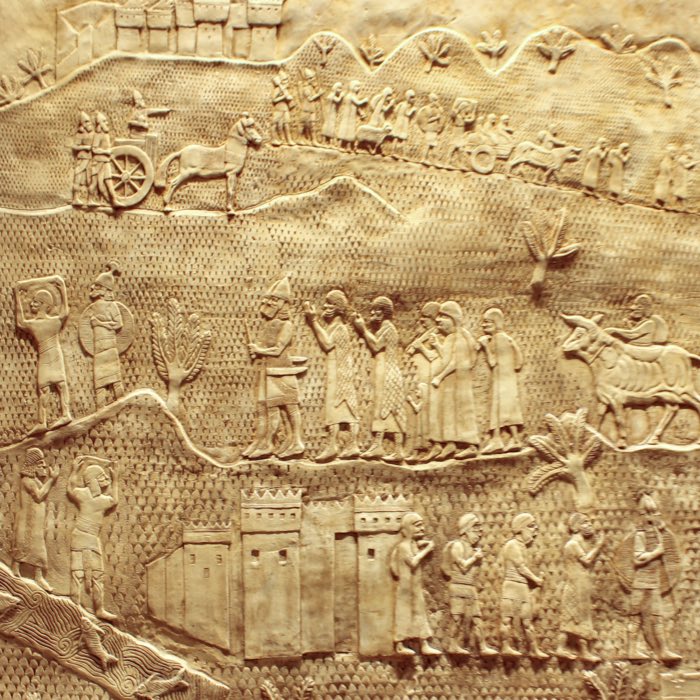
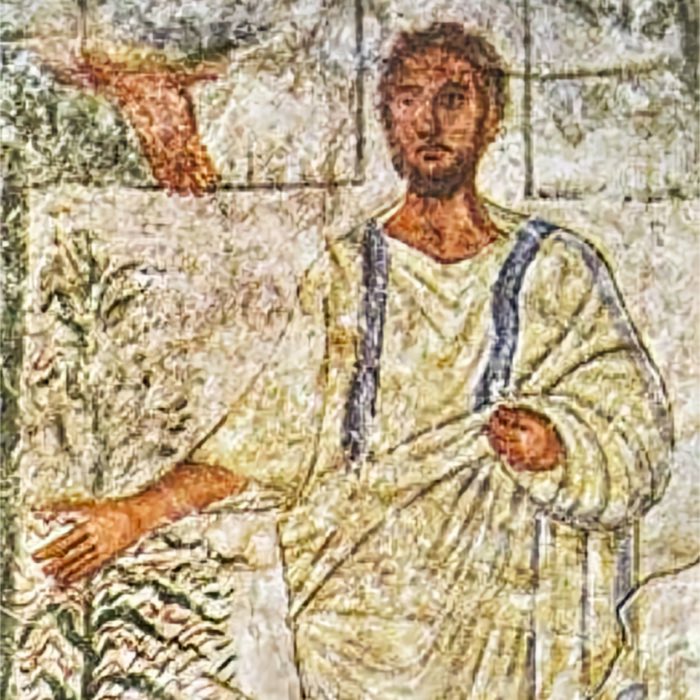
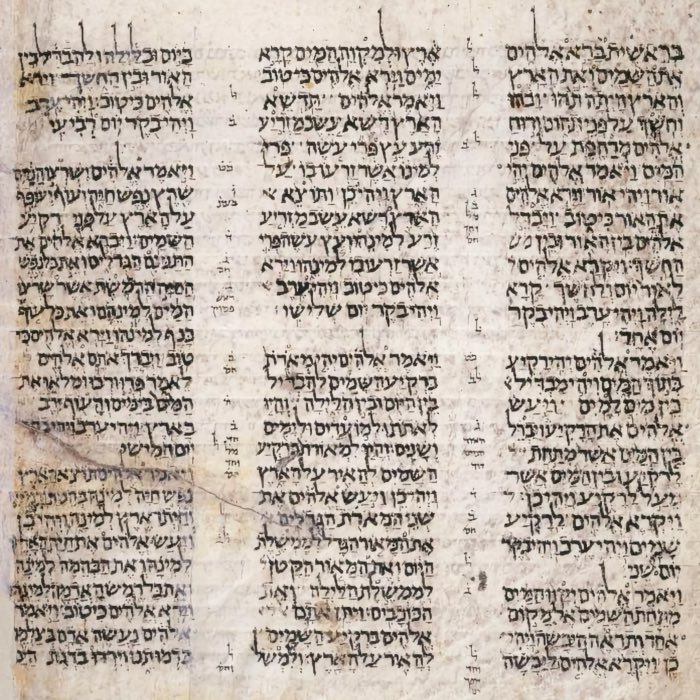
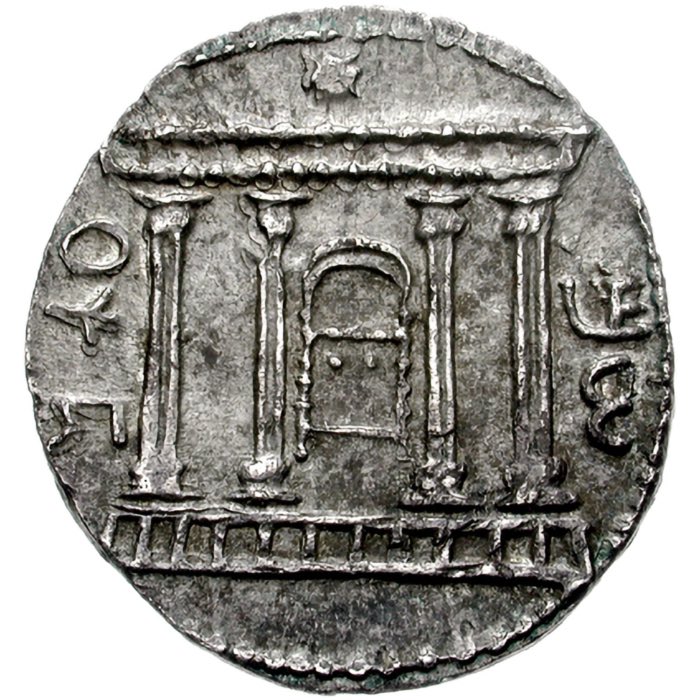
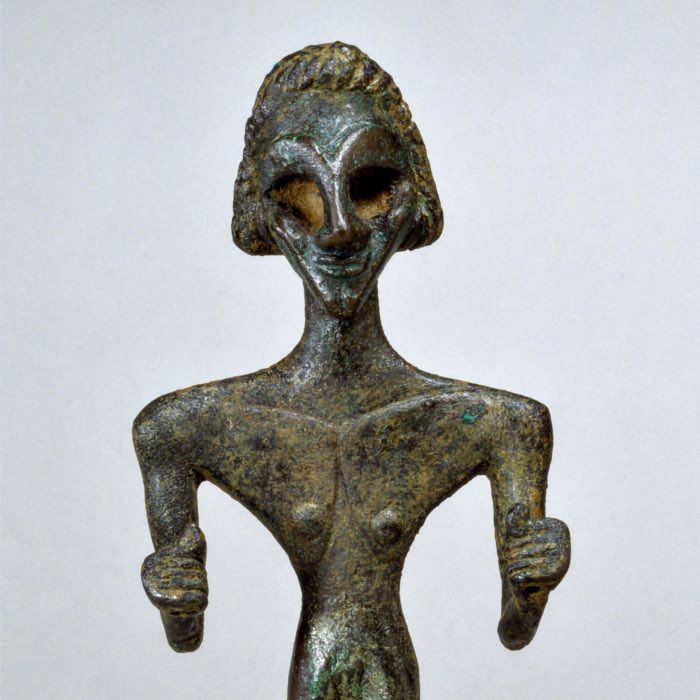
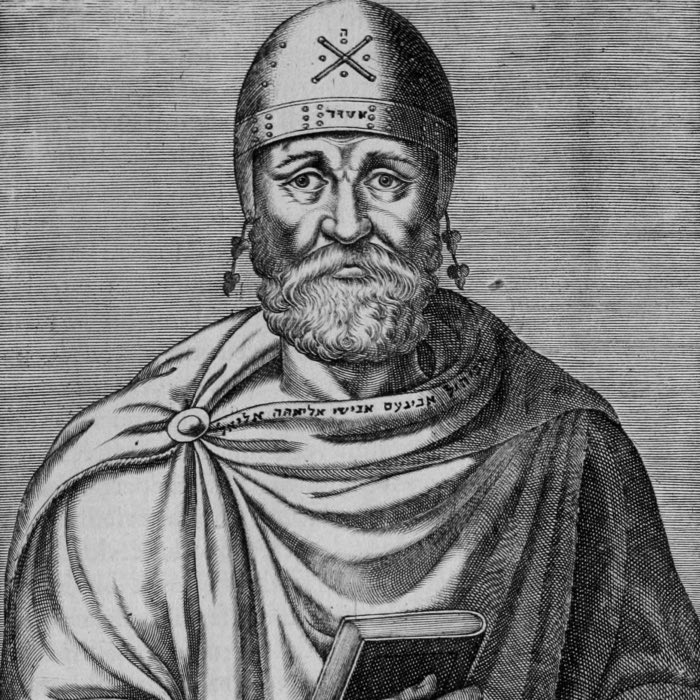
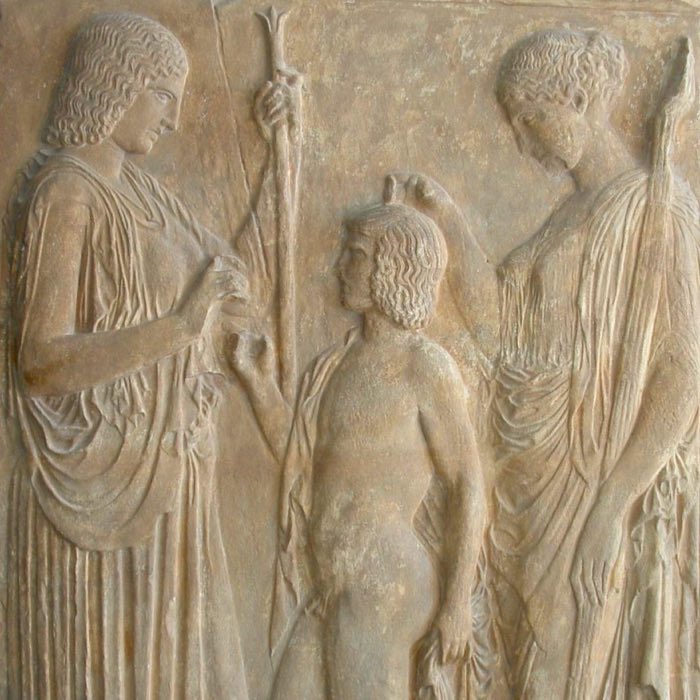
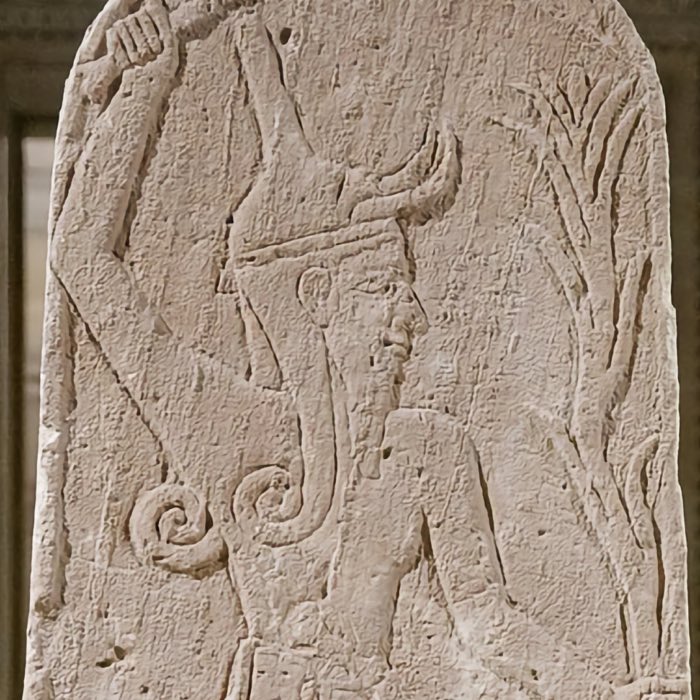
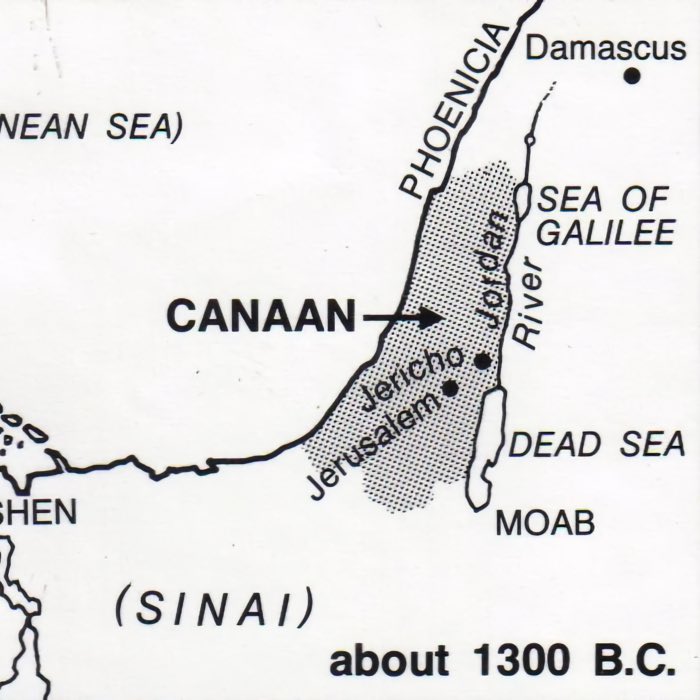
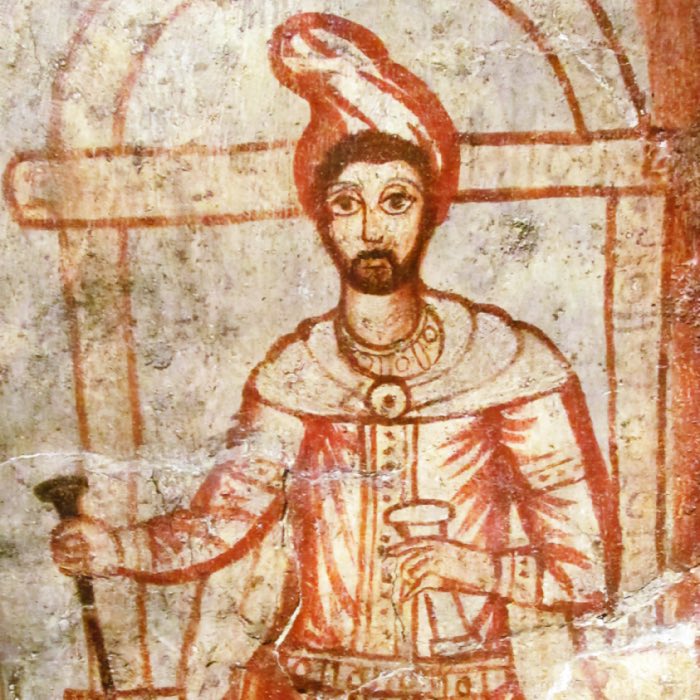
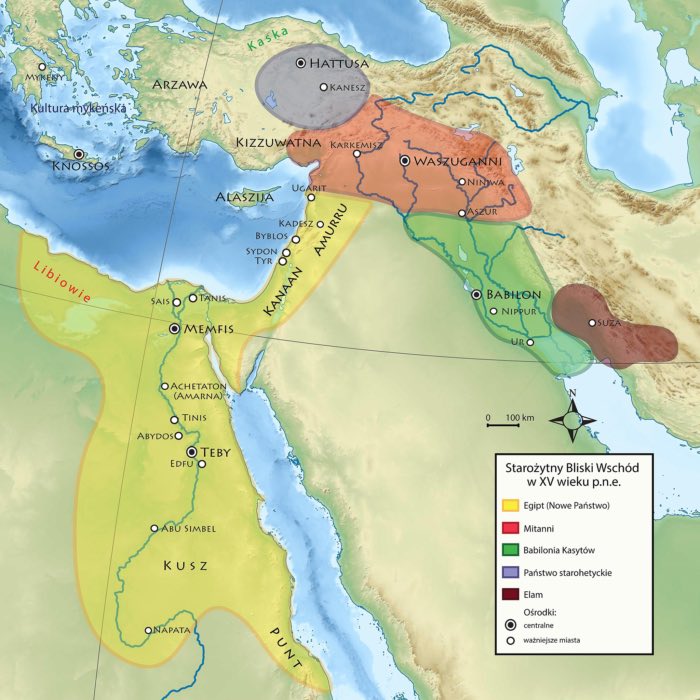
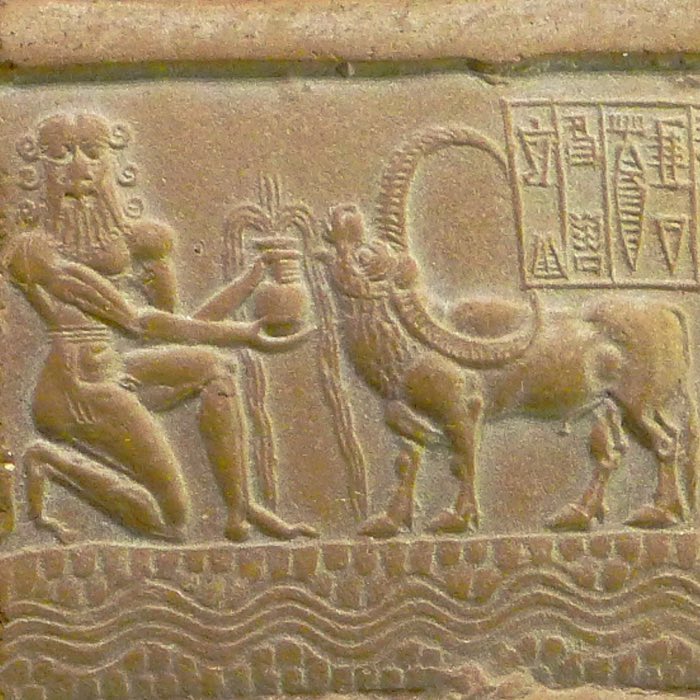
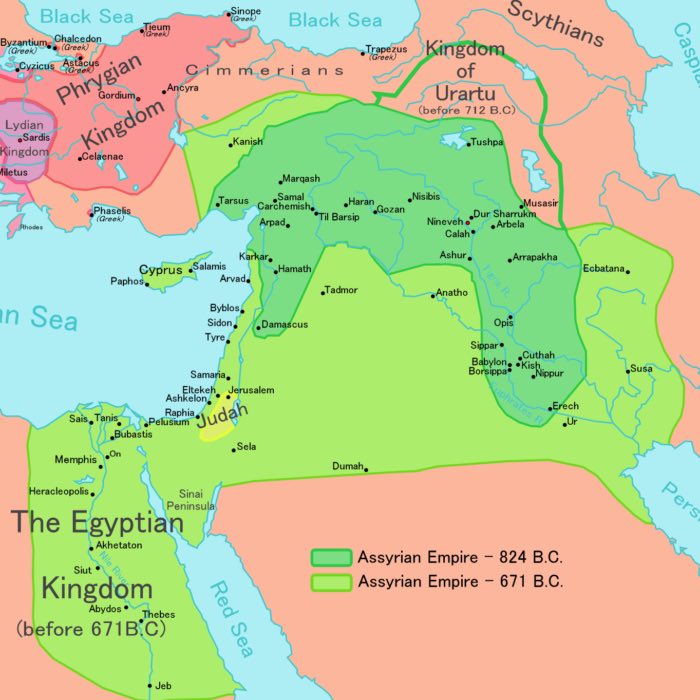
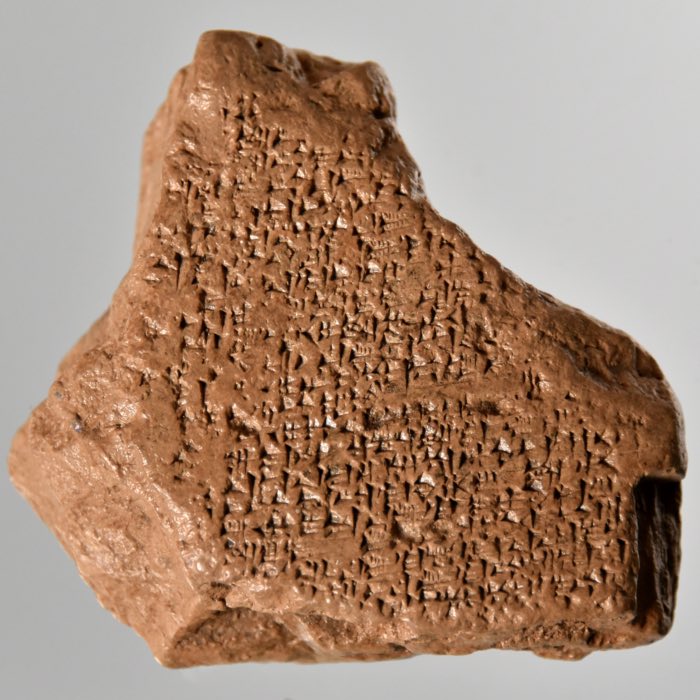
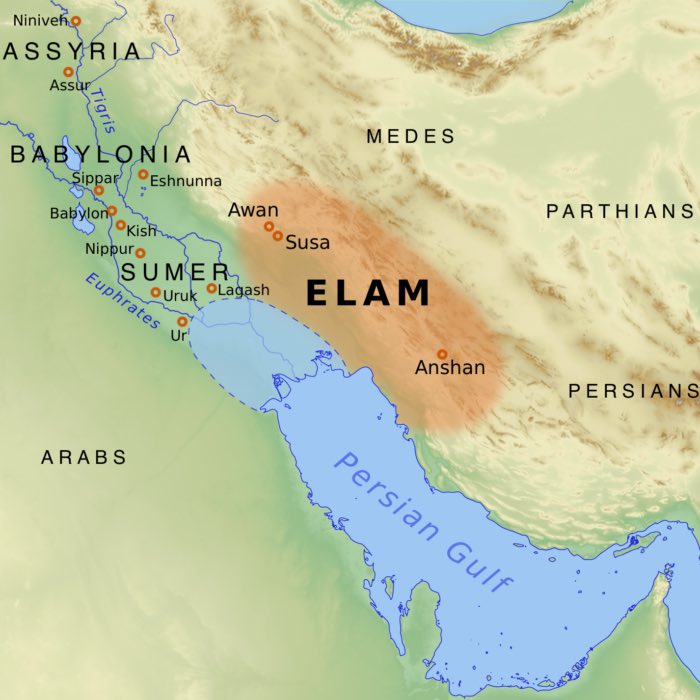
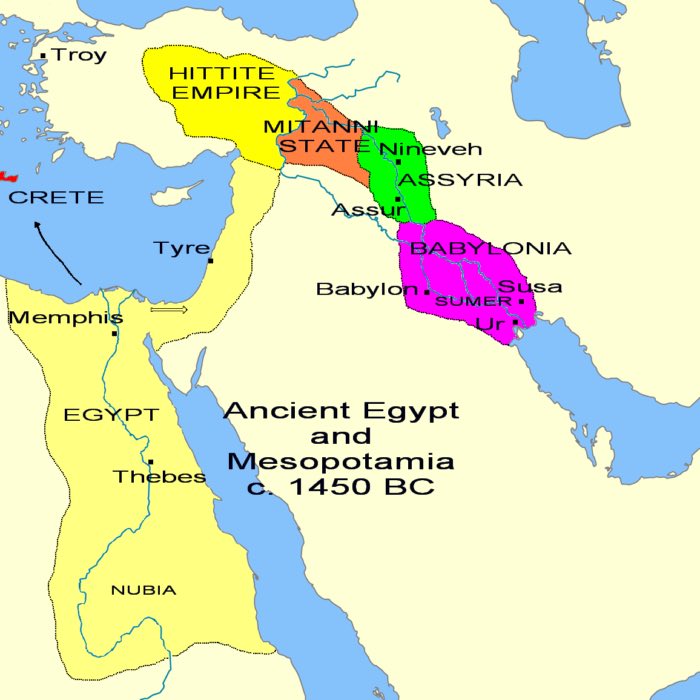
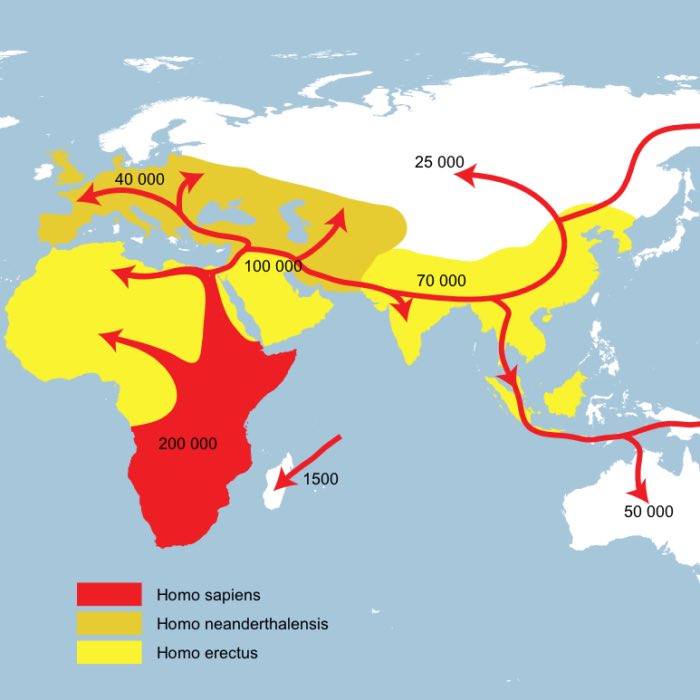
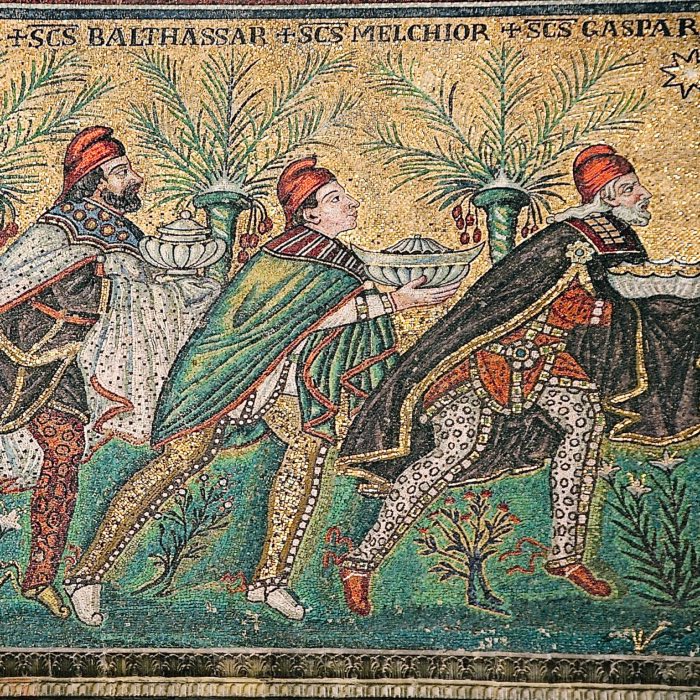
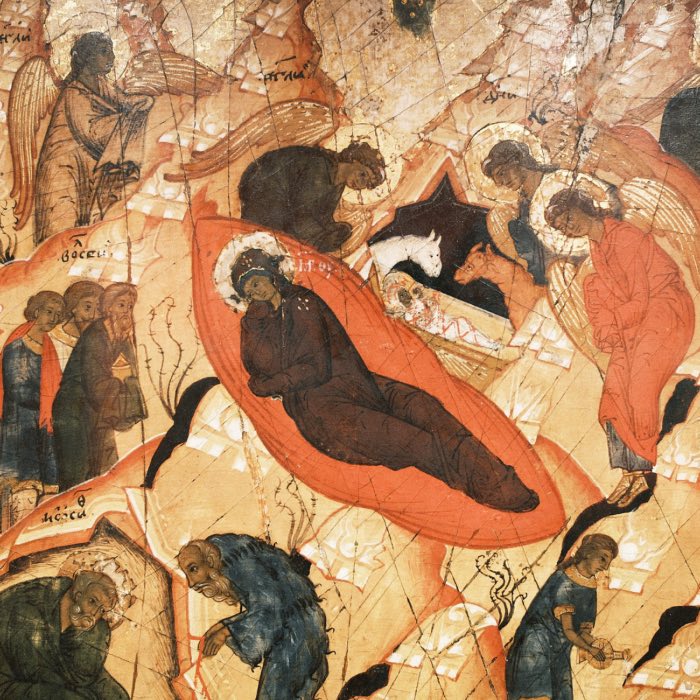

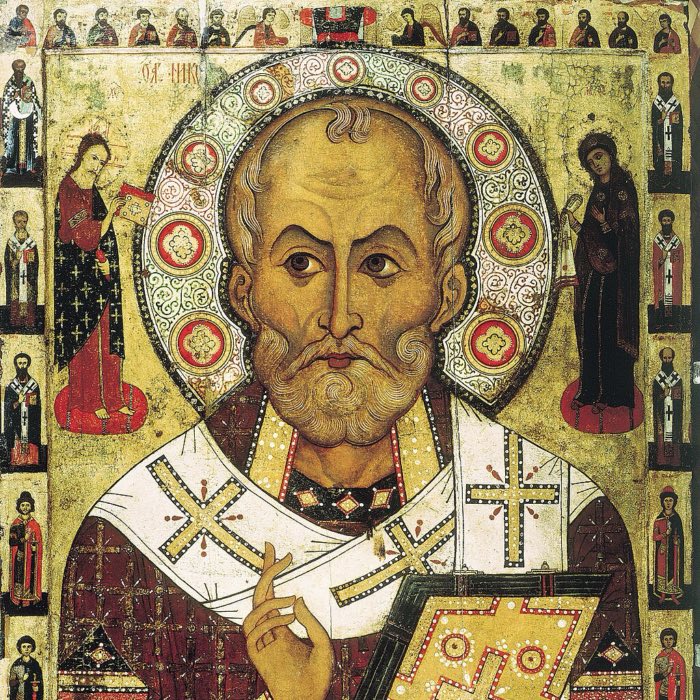
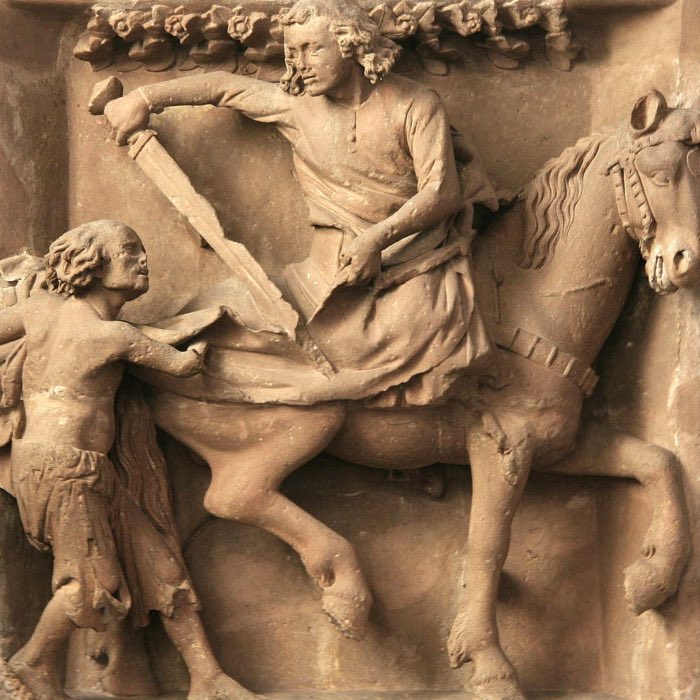
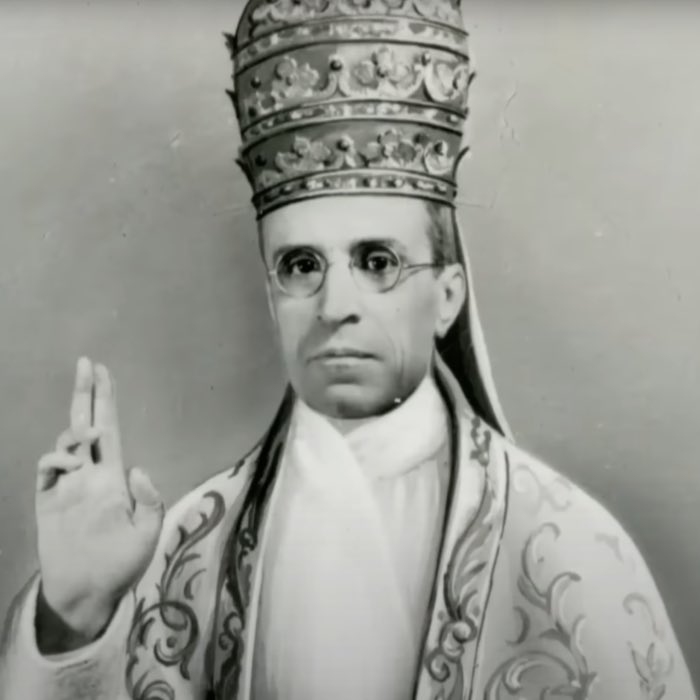
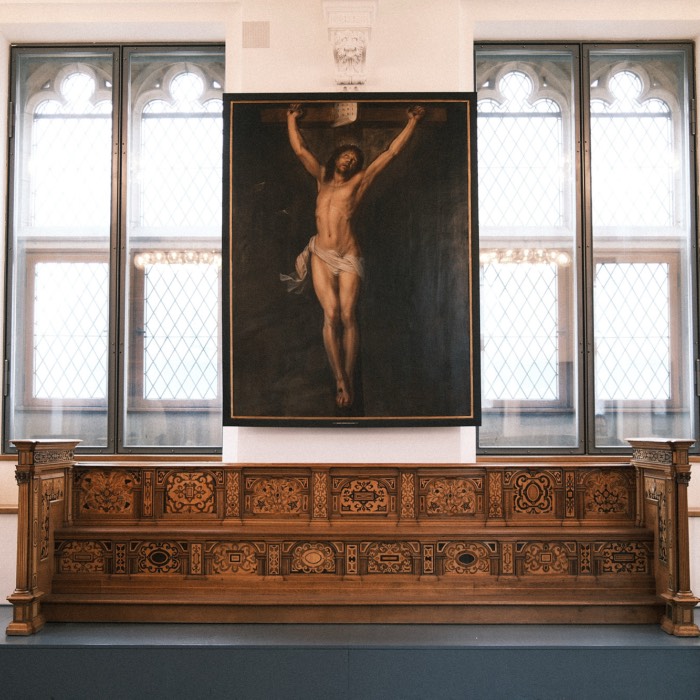


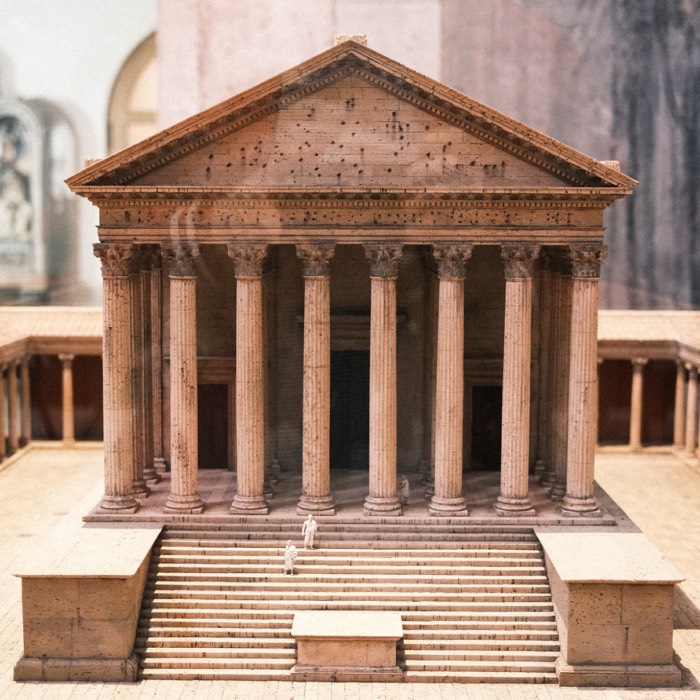
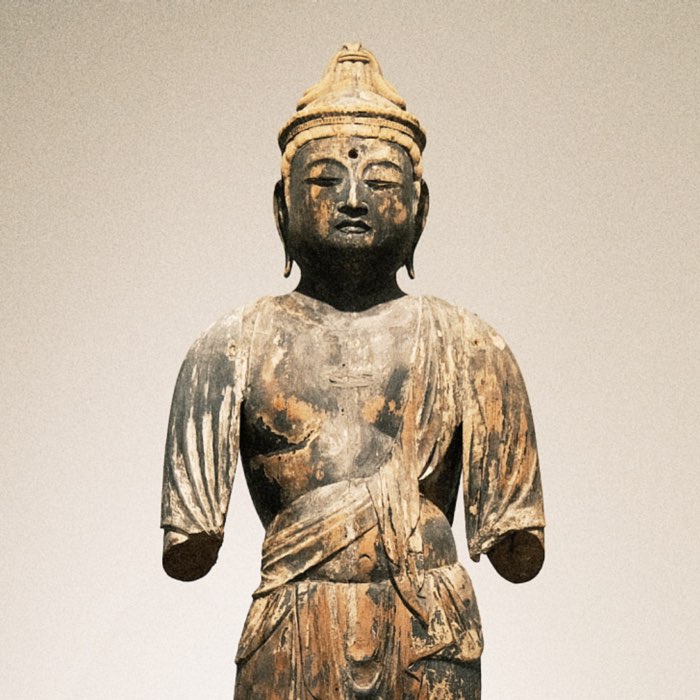
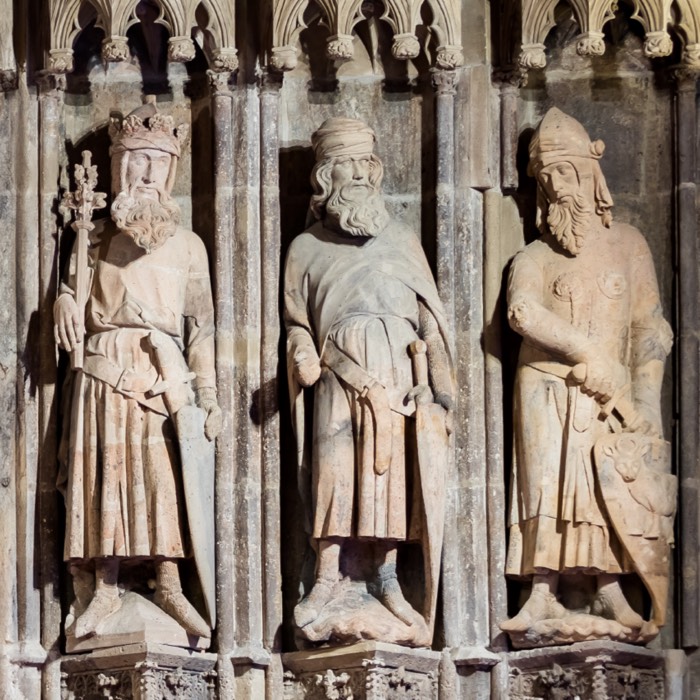
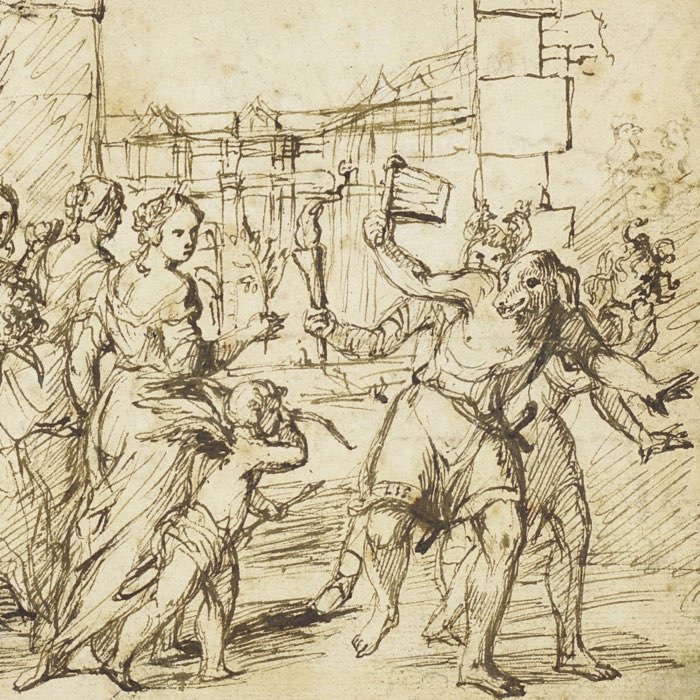
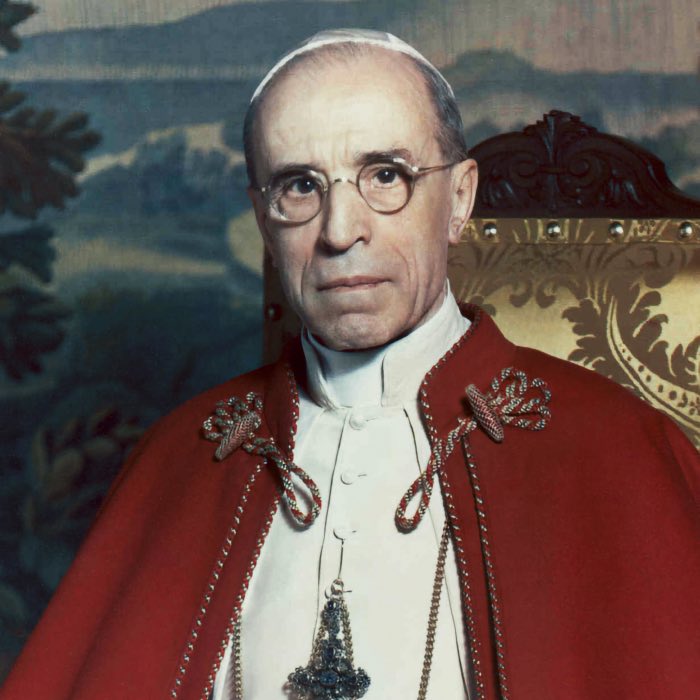
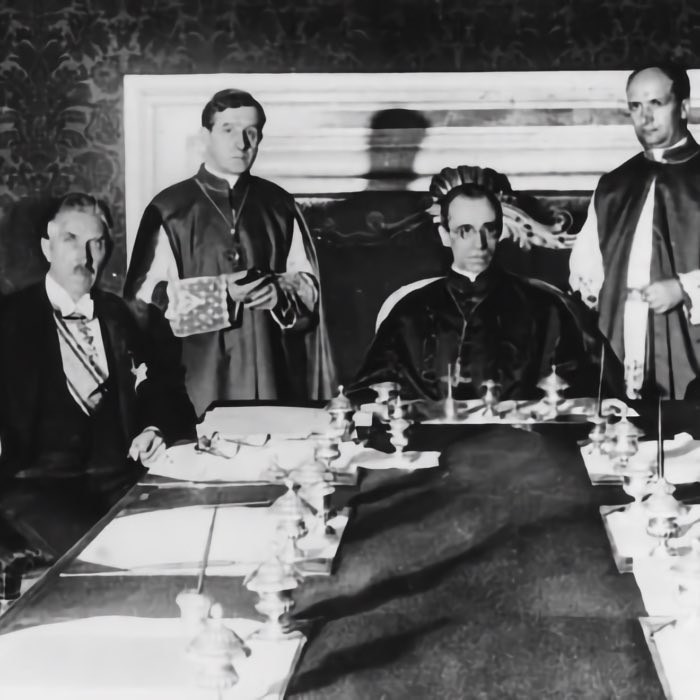
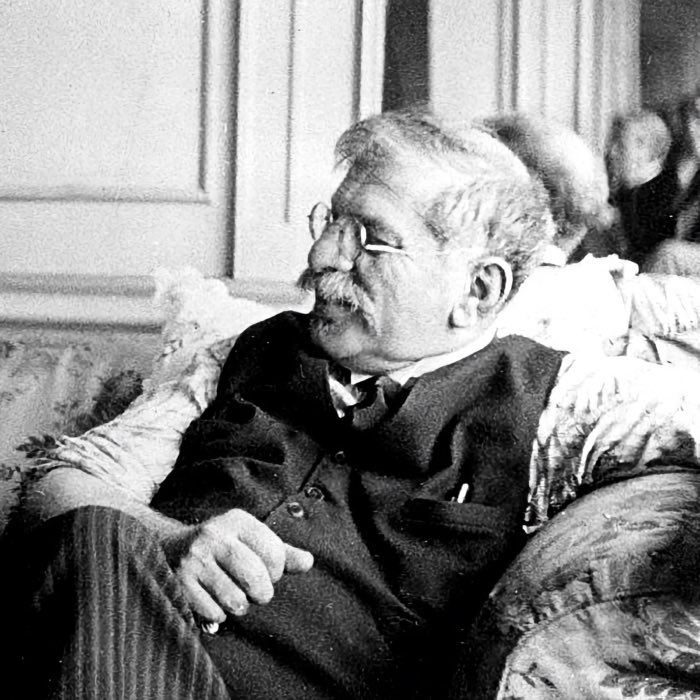

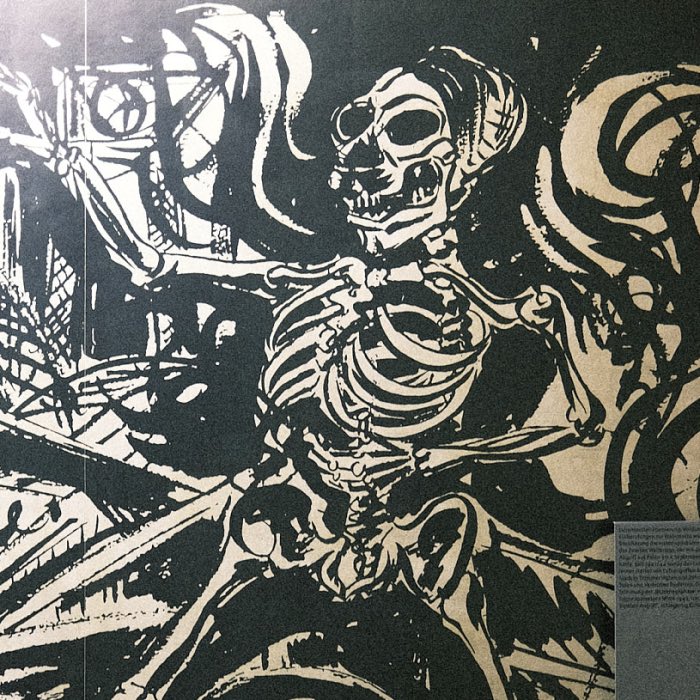






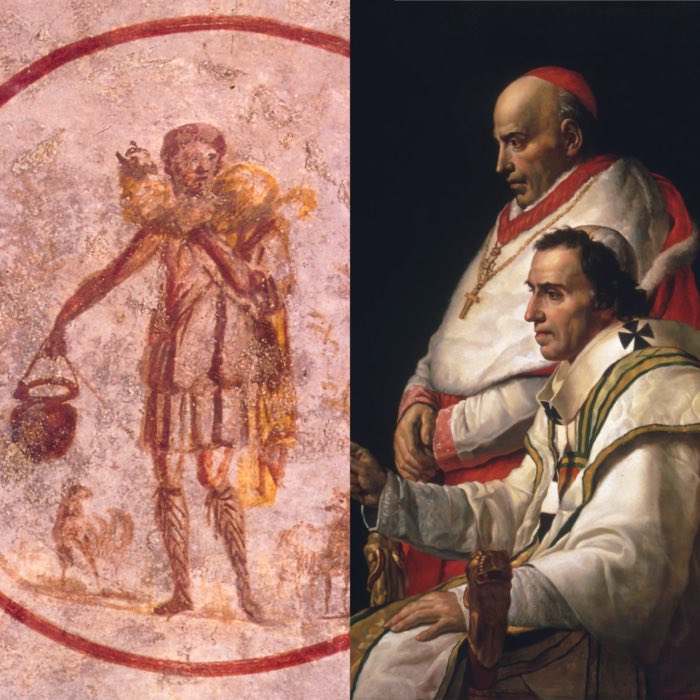
comments